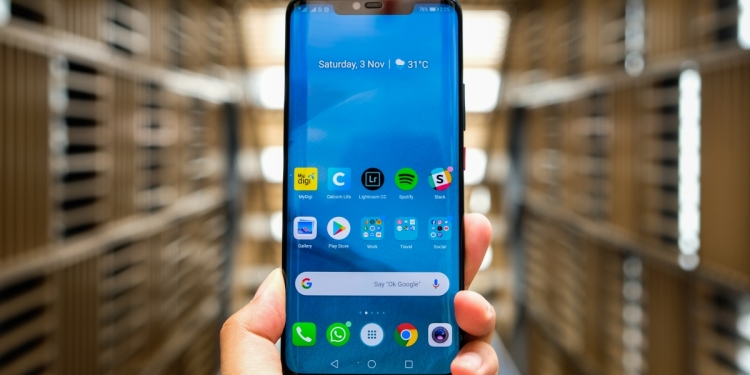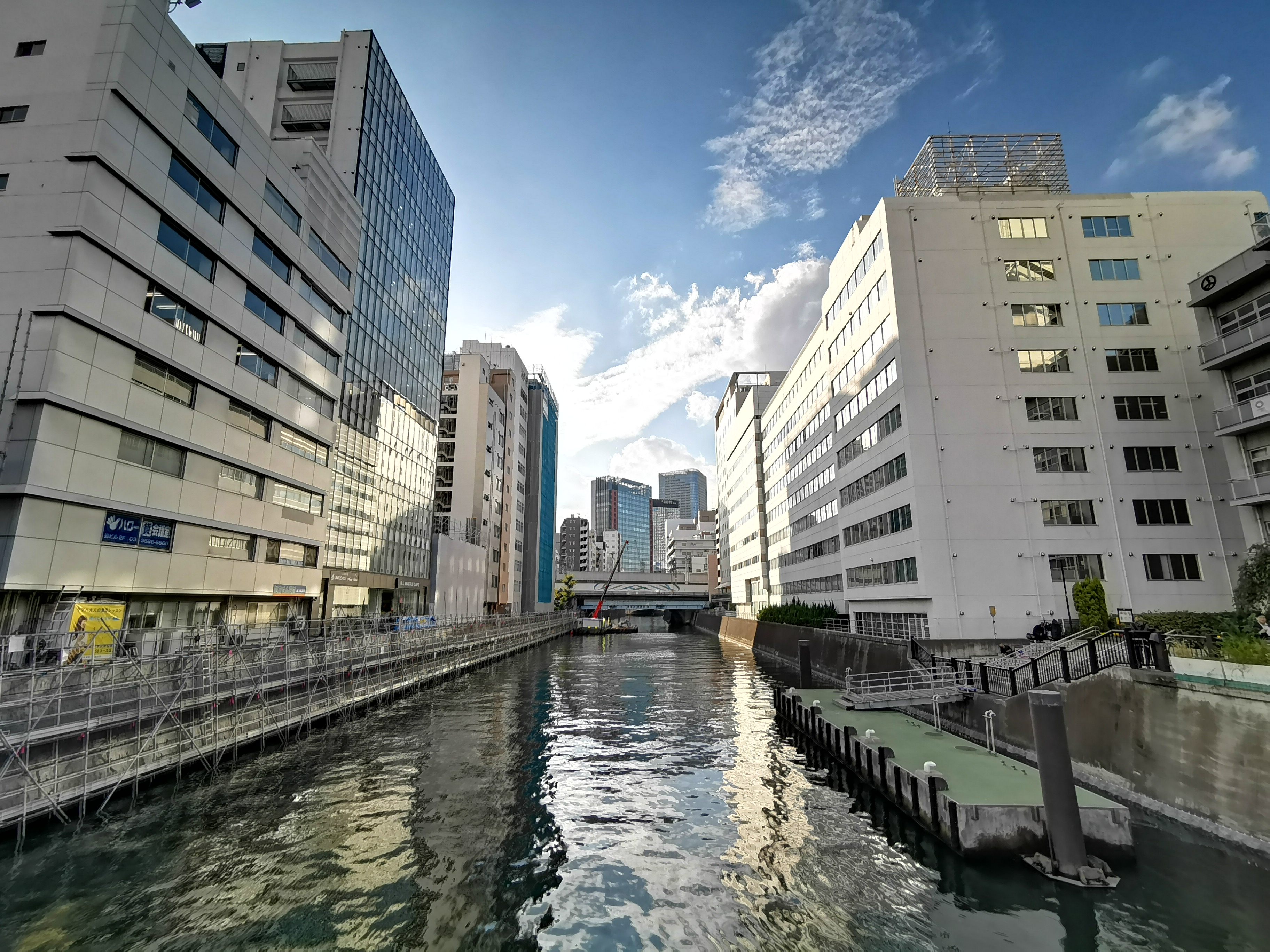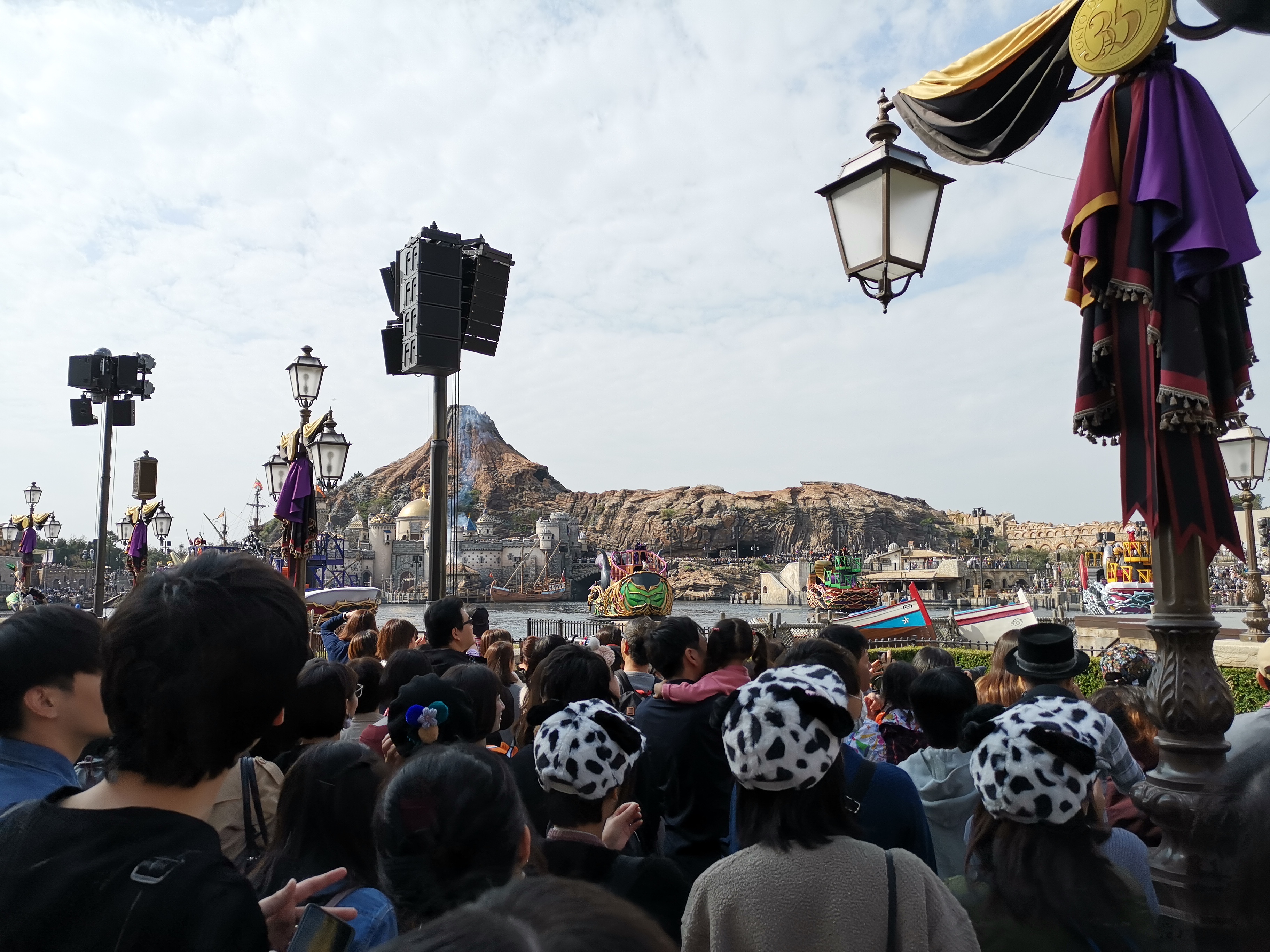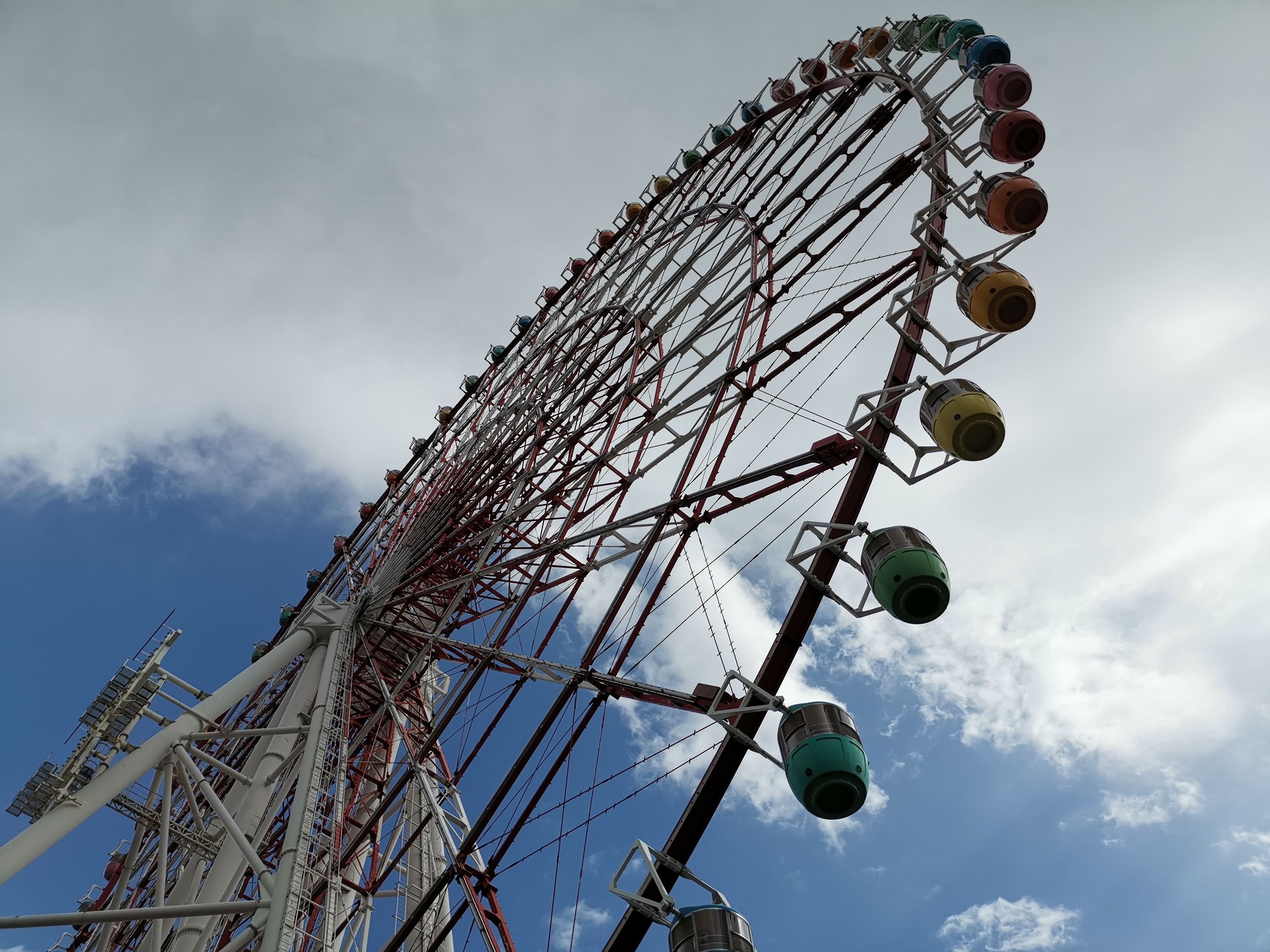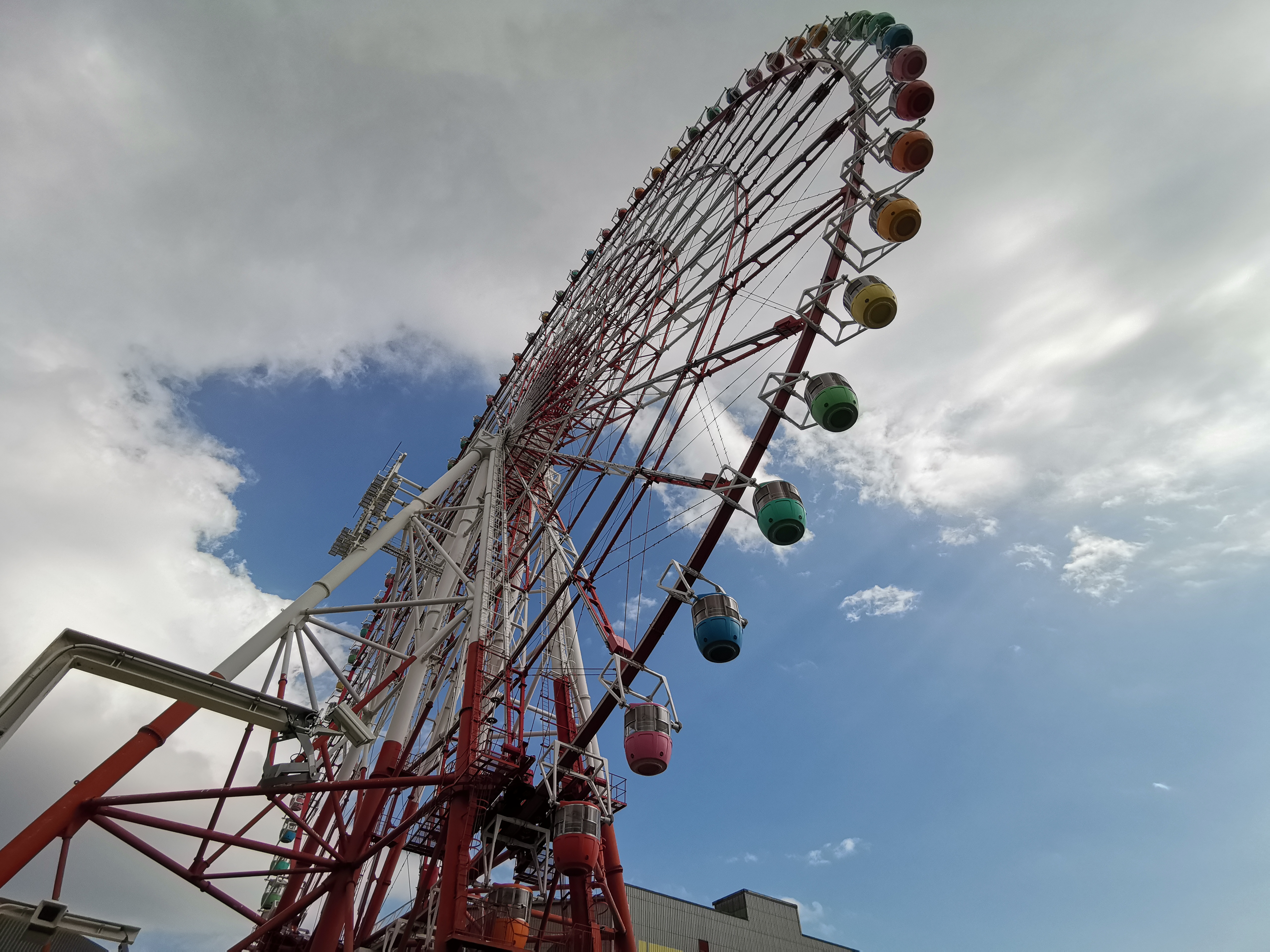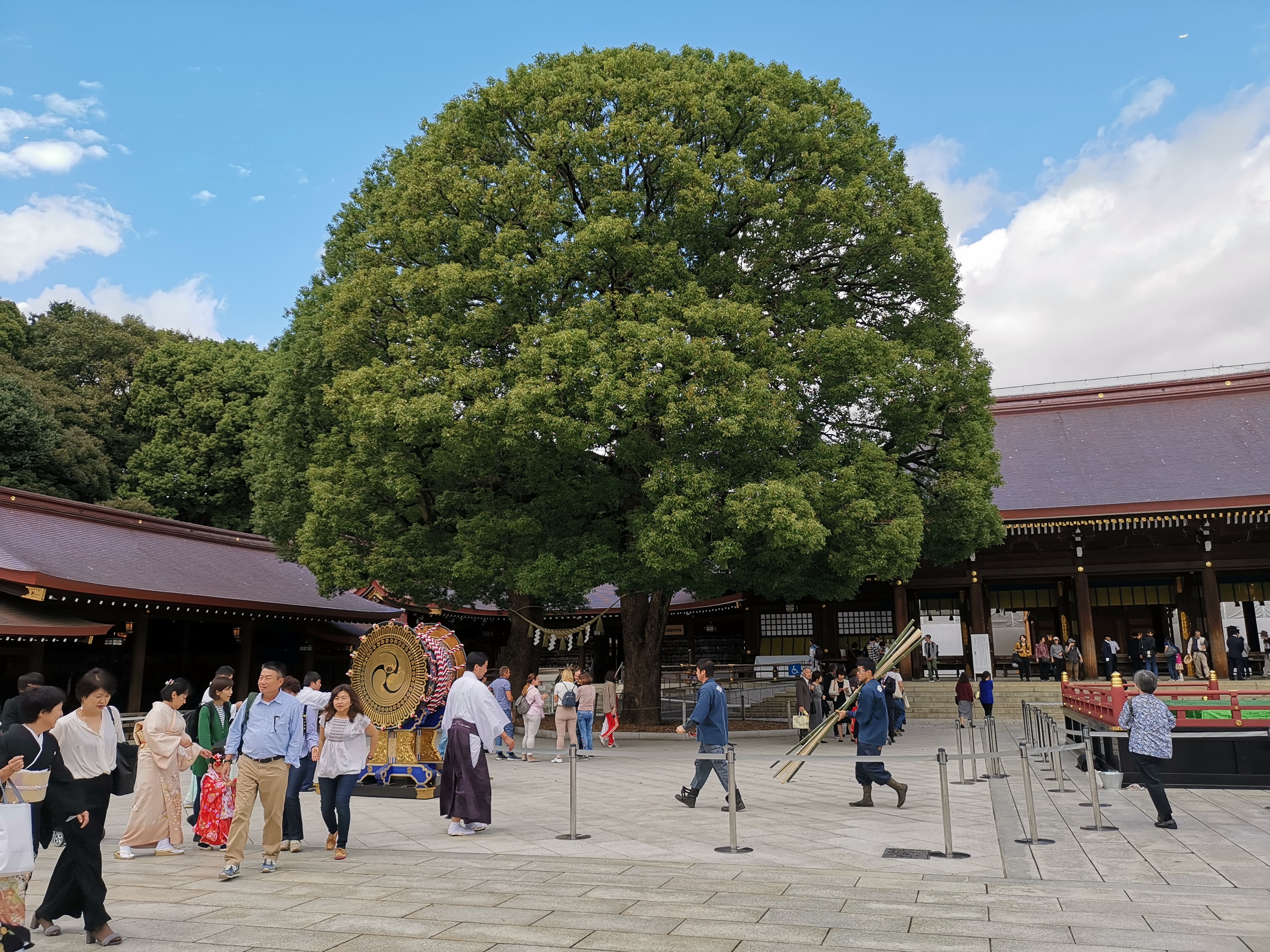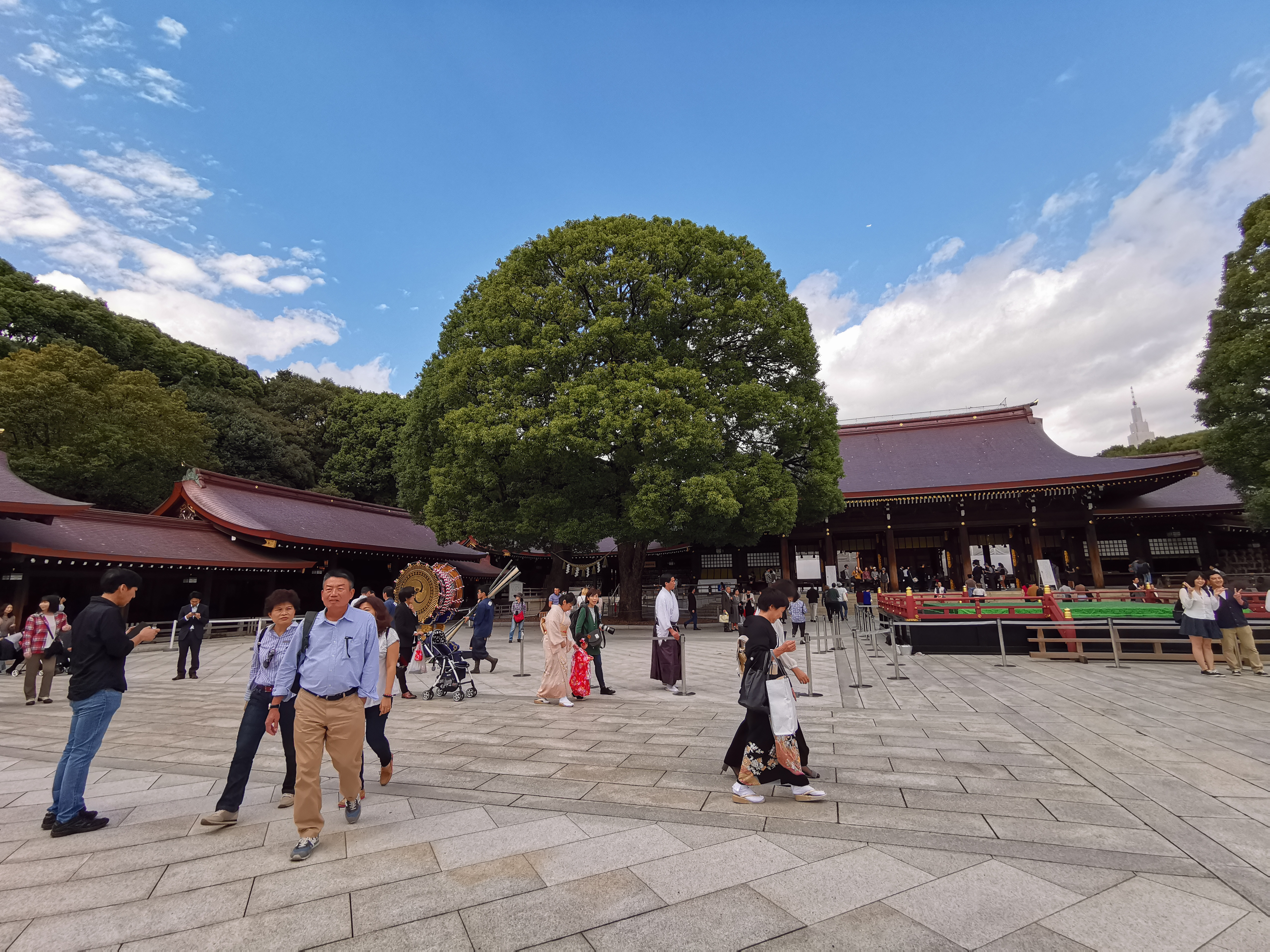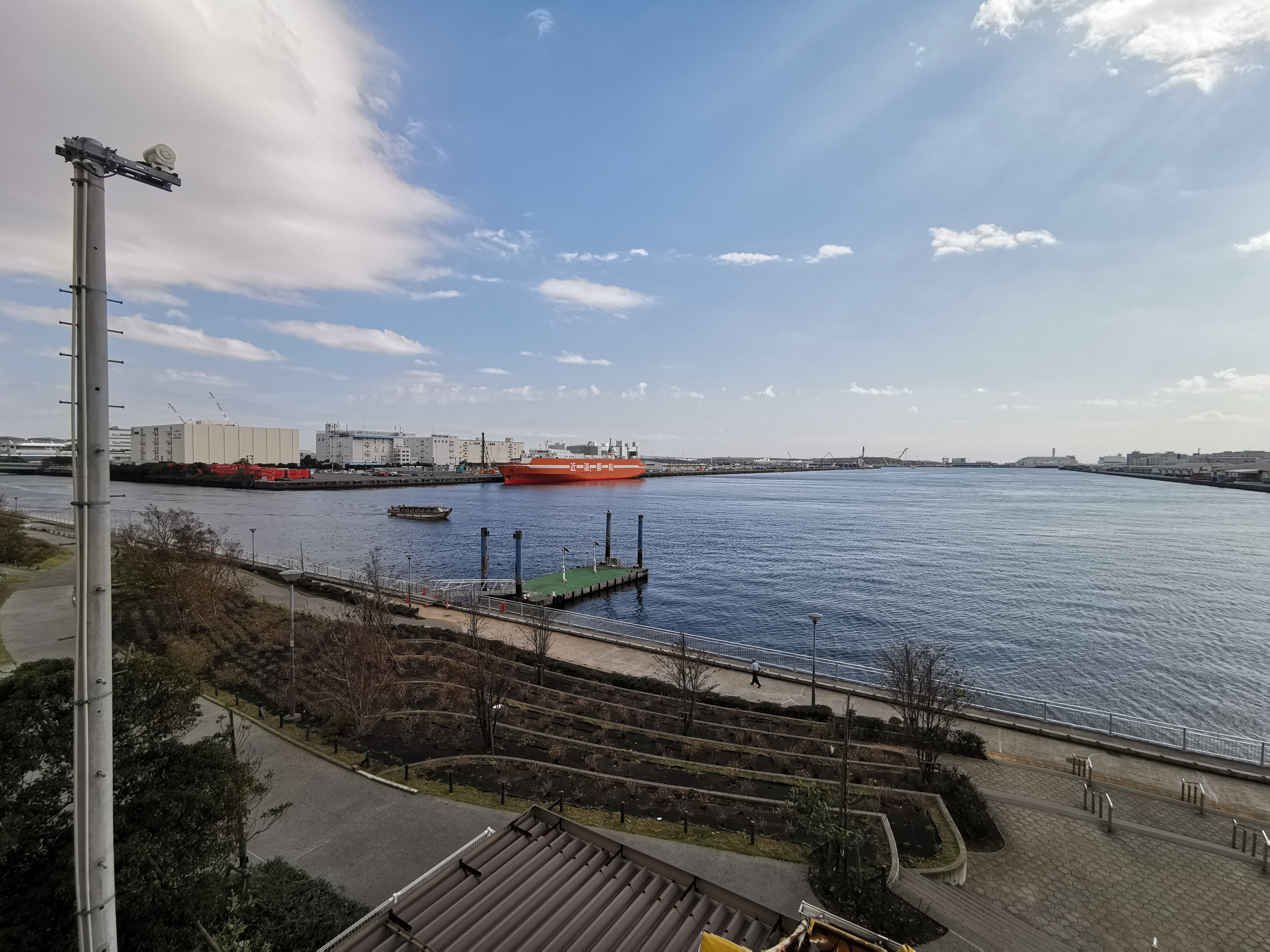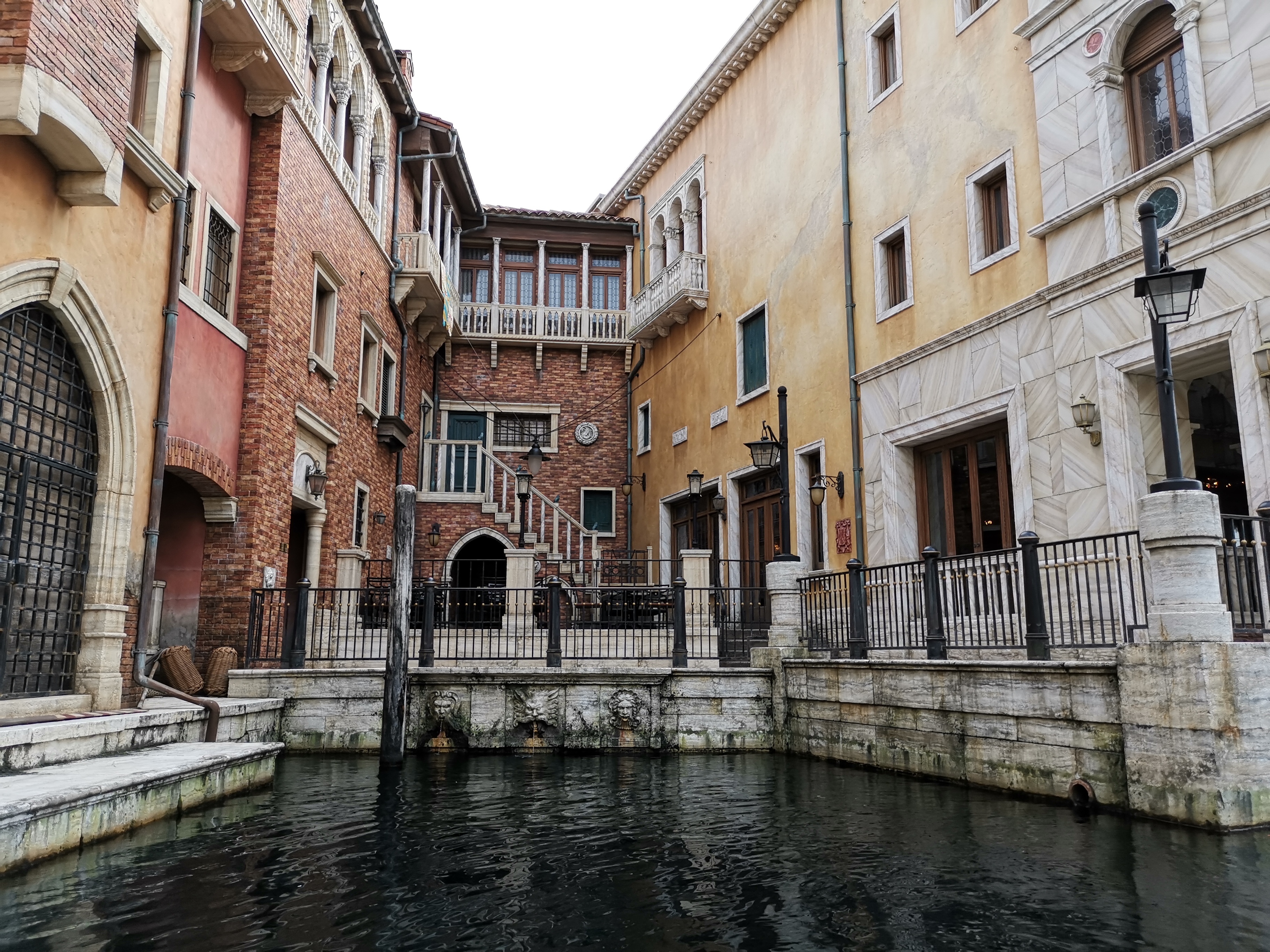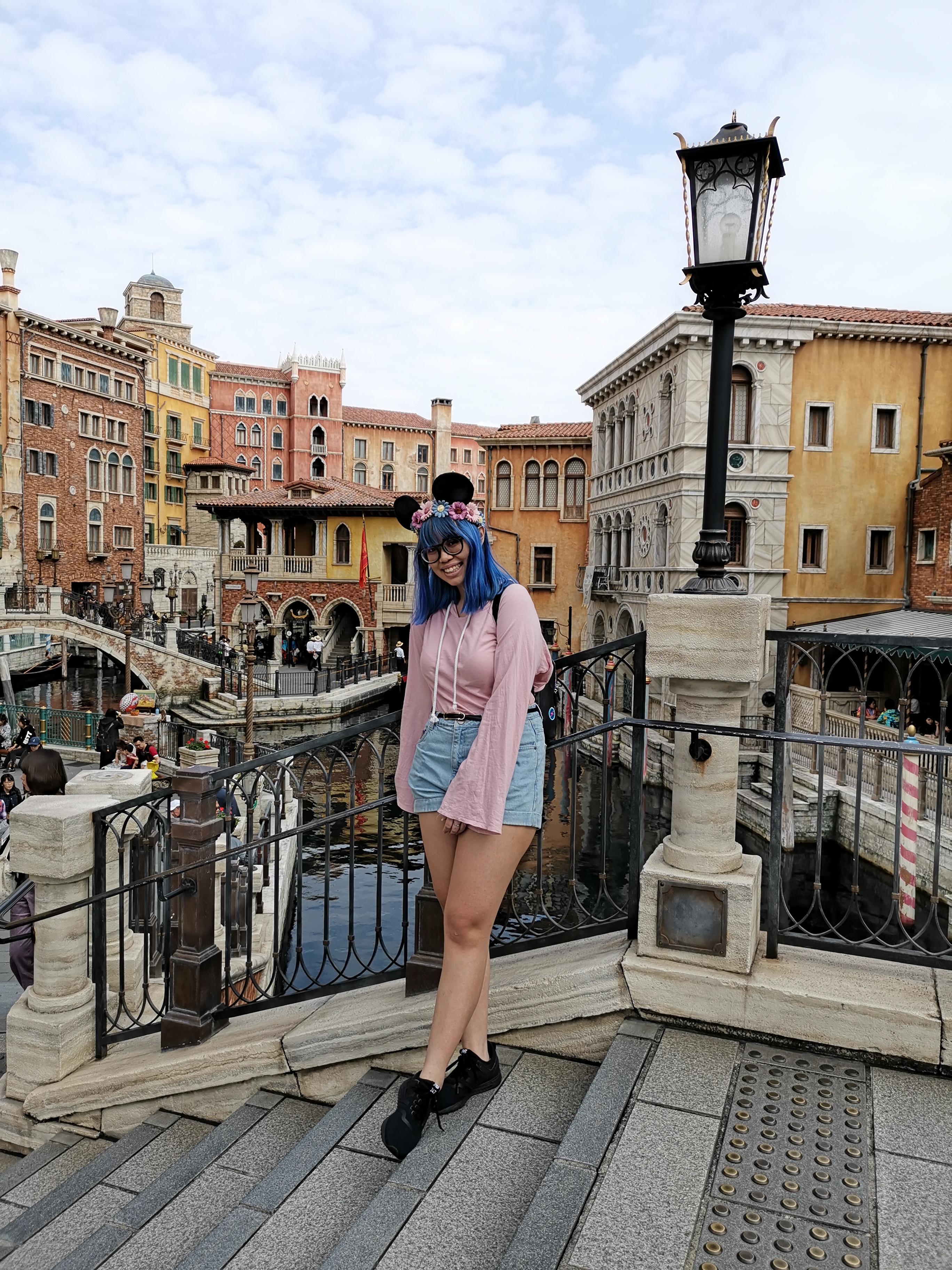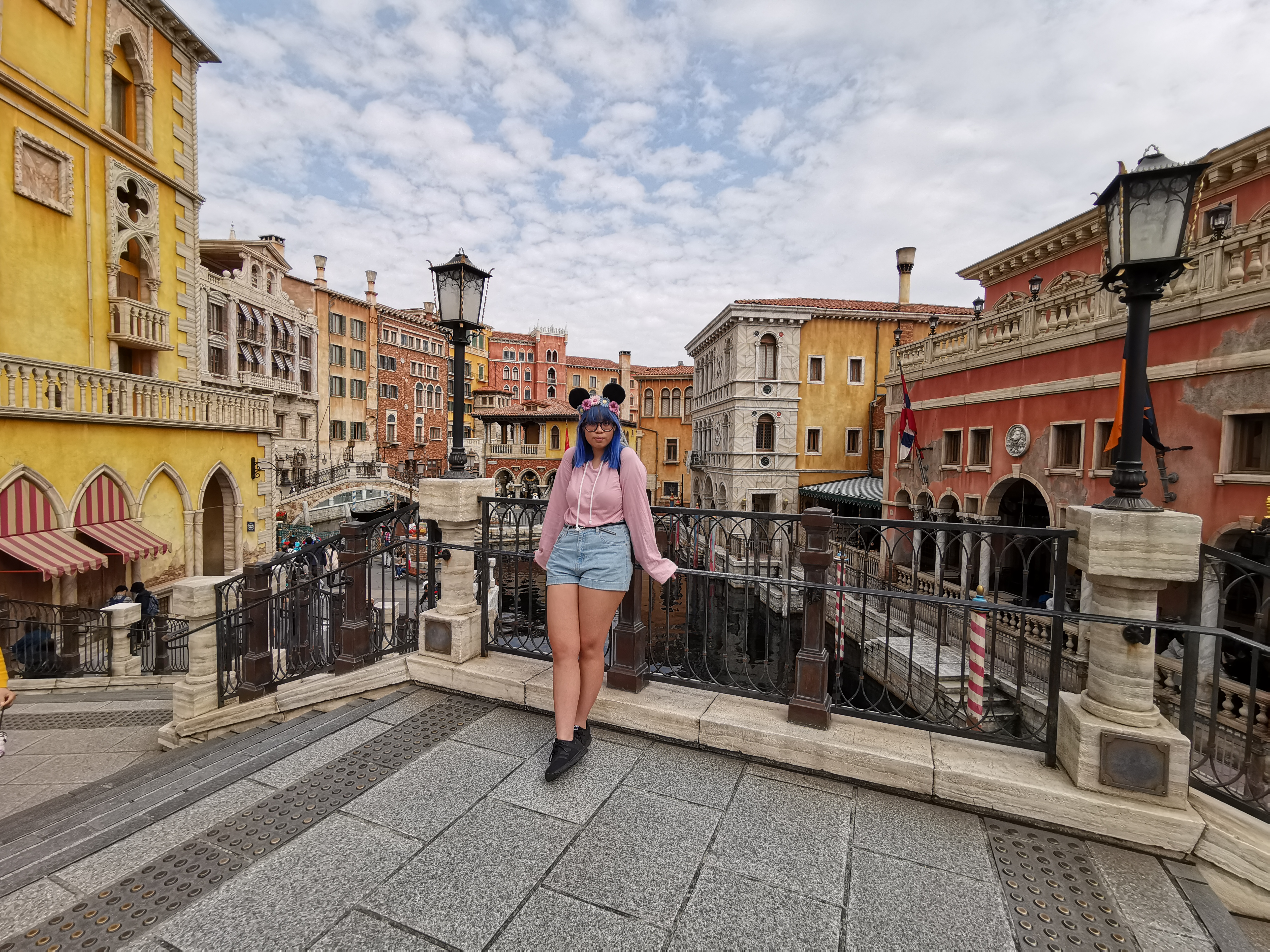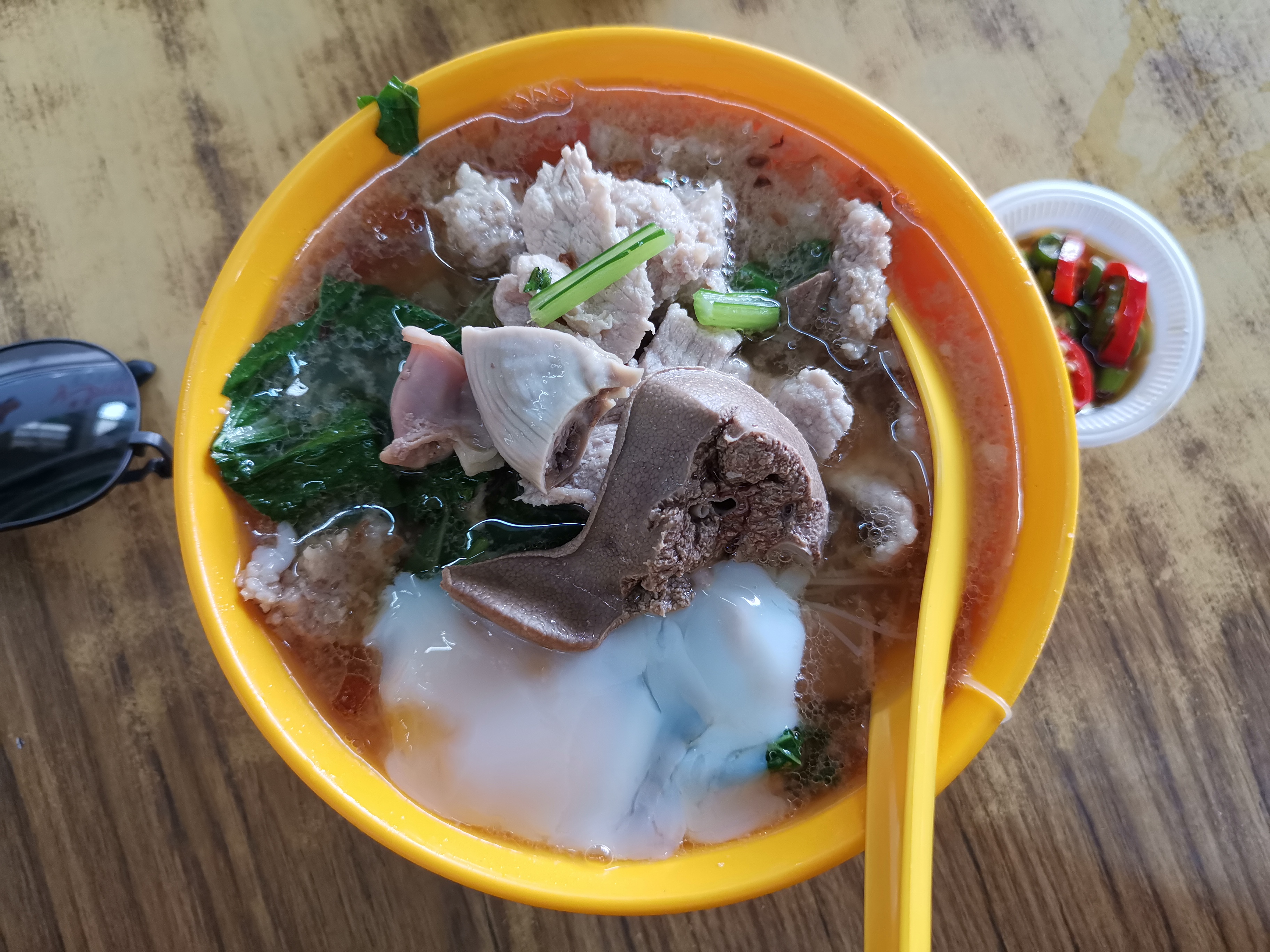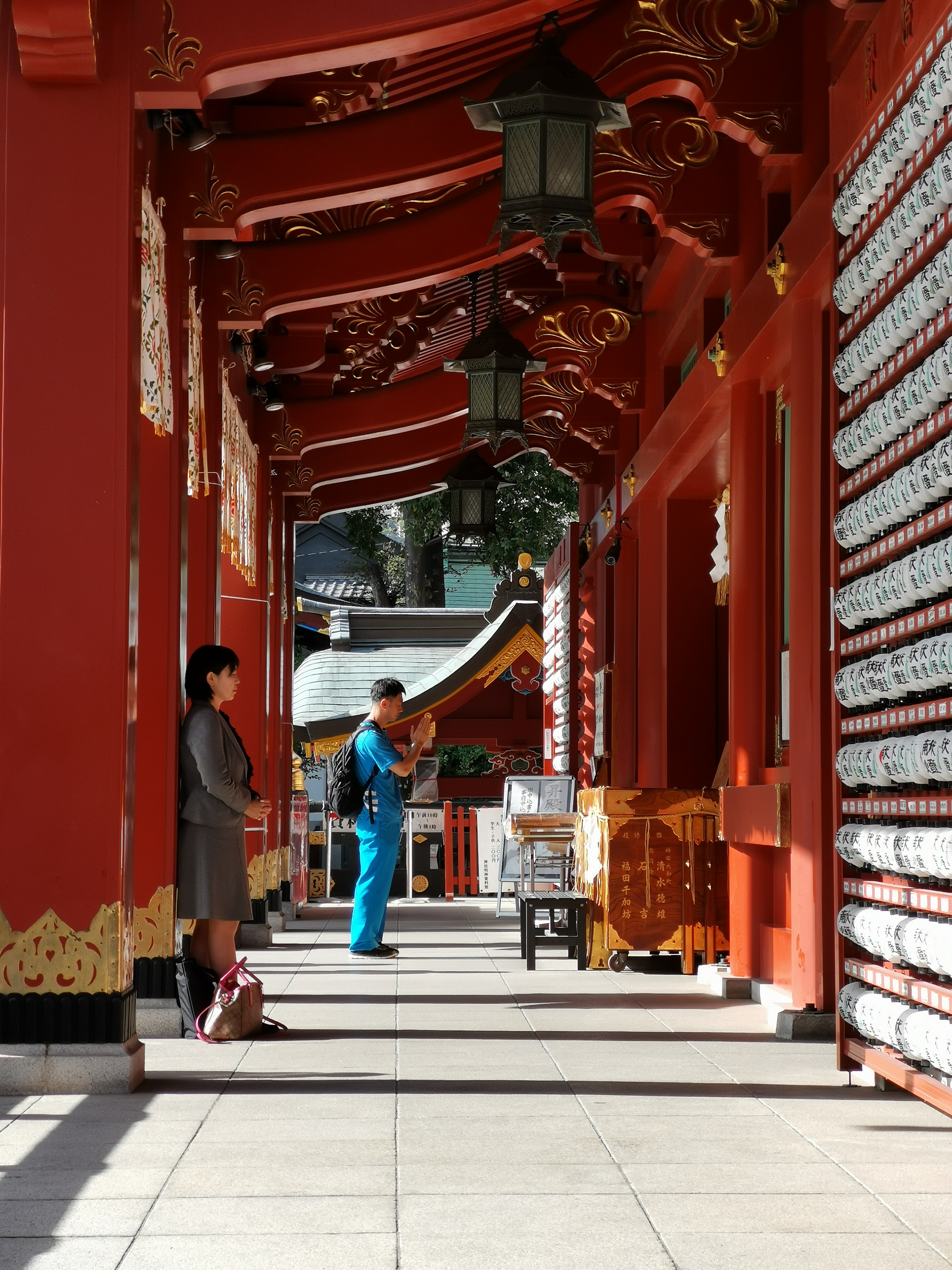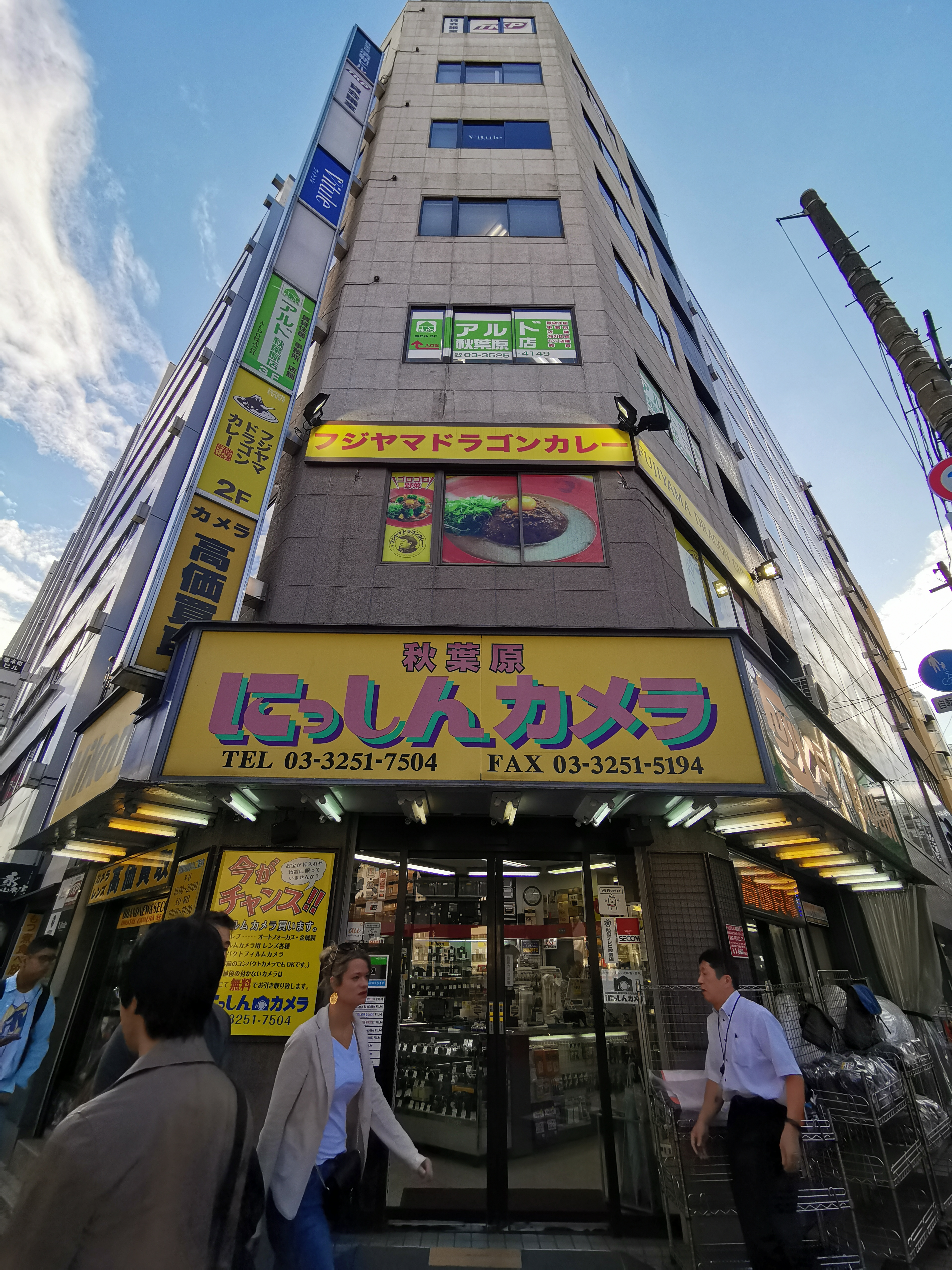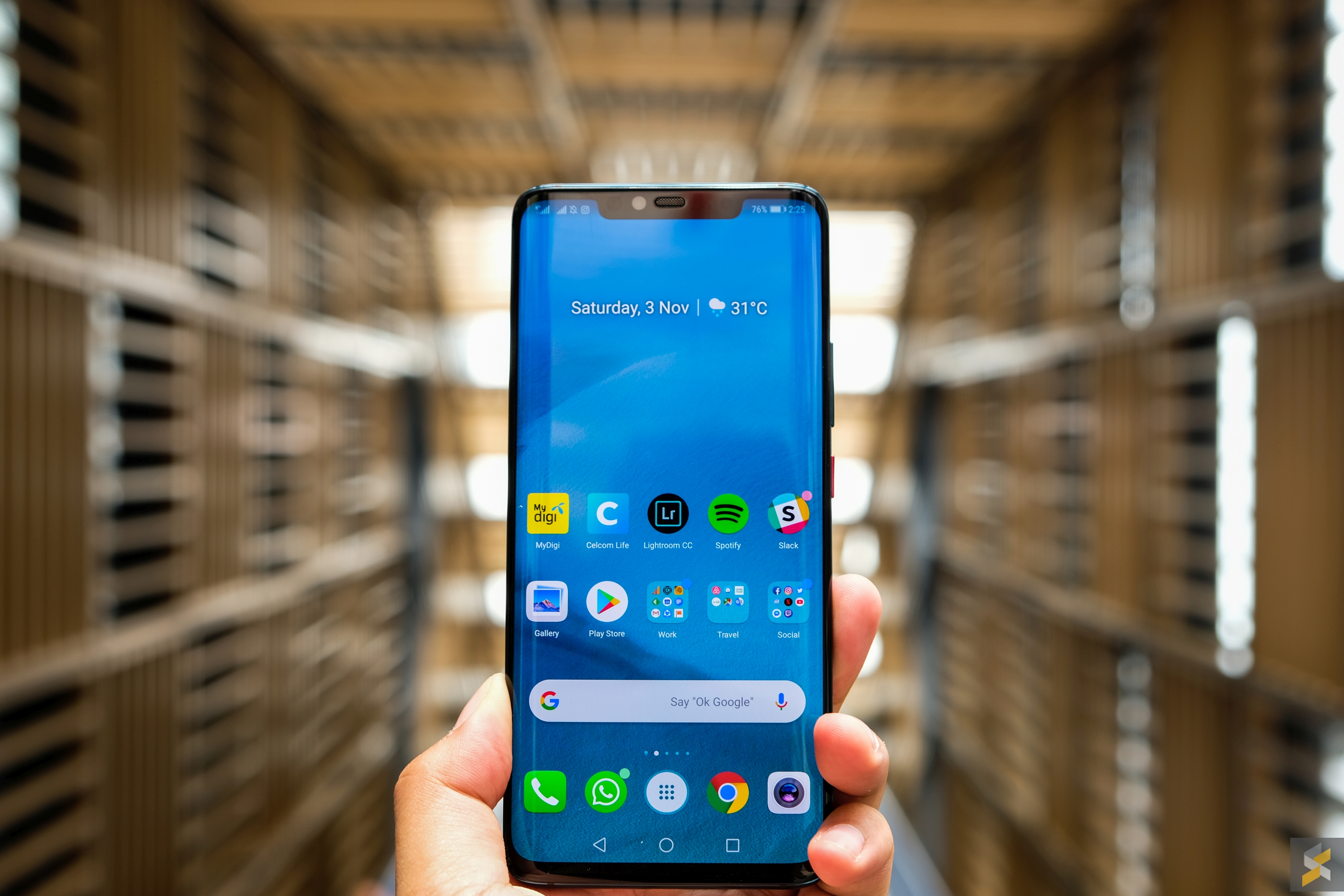
In the years I’ve covered Huawei’s smartphone launches, their devices were always split between the photography-centric P series smartphones (P9, P10, P20) and the business-centric Mate series (Mate 8, Mate 9, Mate 10). But, this year, it looks like Huawei had a bit of an identity crisis when they unveiled the brand new Mate 20 series.
Gone were the monochrome colourways,” business” apps and “professional” marketing push. It was almost as if the Mate traded in its ornate cufflinks for a pair of SpongeBob socks. But, if what you’re looking for is a solid flagship smartphone to spend your year-end bonus on, does it matter?
Well, if my time with the Mate 20 Pro is any indication, that answer is no.
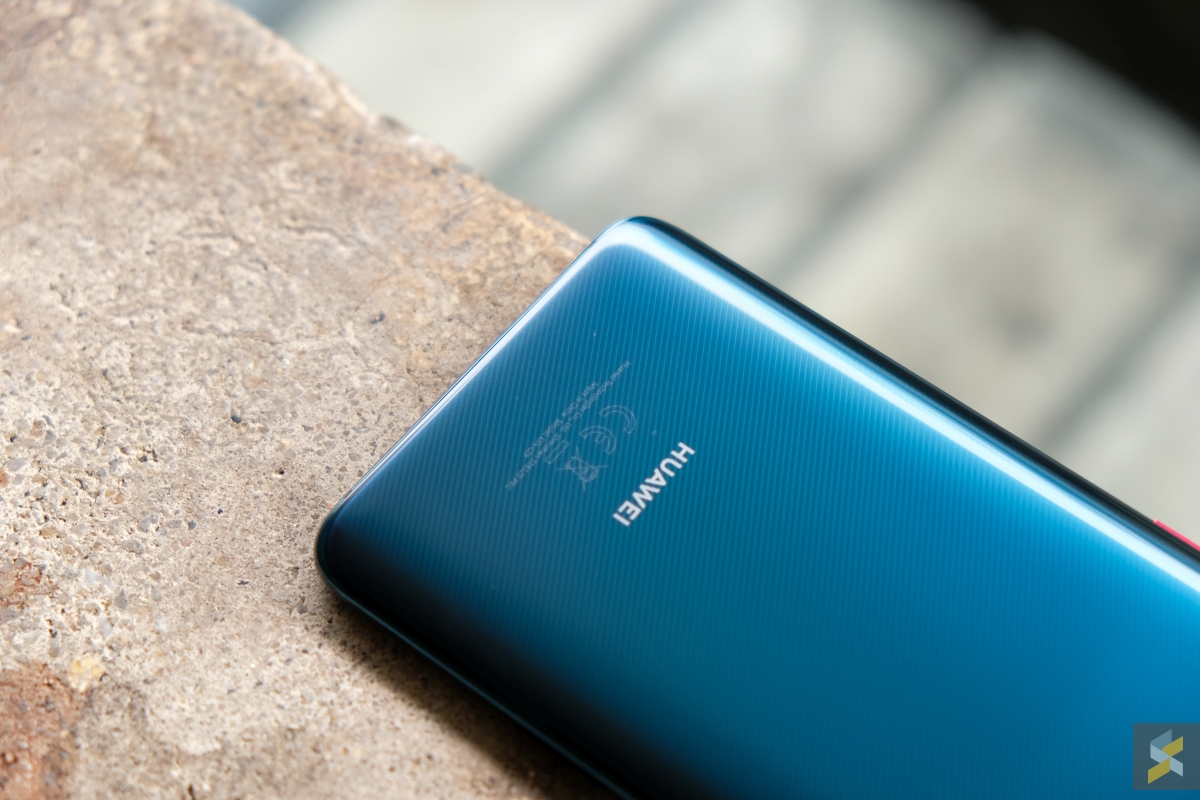
While you could make the argument that Huawei’s Mate 20 Pro isn’t quite the Mate everyone remembers, there’s no denying that this phone is a Huawei device. Sure, it may look like a Galaxy S9 — with it’s gorgeous curves, water resistance and phenomenal fit and finish — but this phone is distinctly Huawei. The unit I have here is a striking colour they call Emerald Green and I totally dig it. It has Huawei’s pizzazz without being garish the way their Twilight devices are — and that’s awesome.
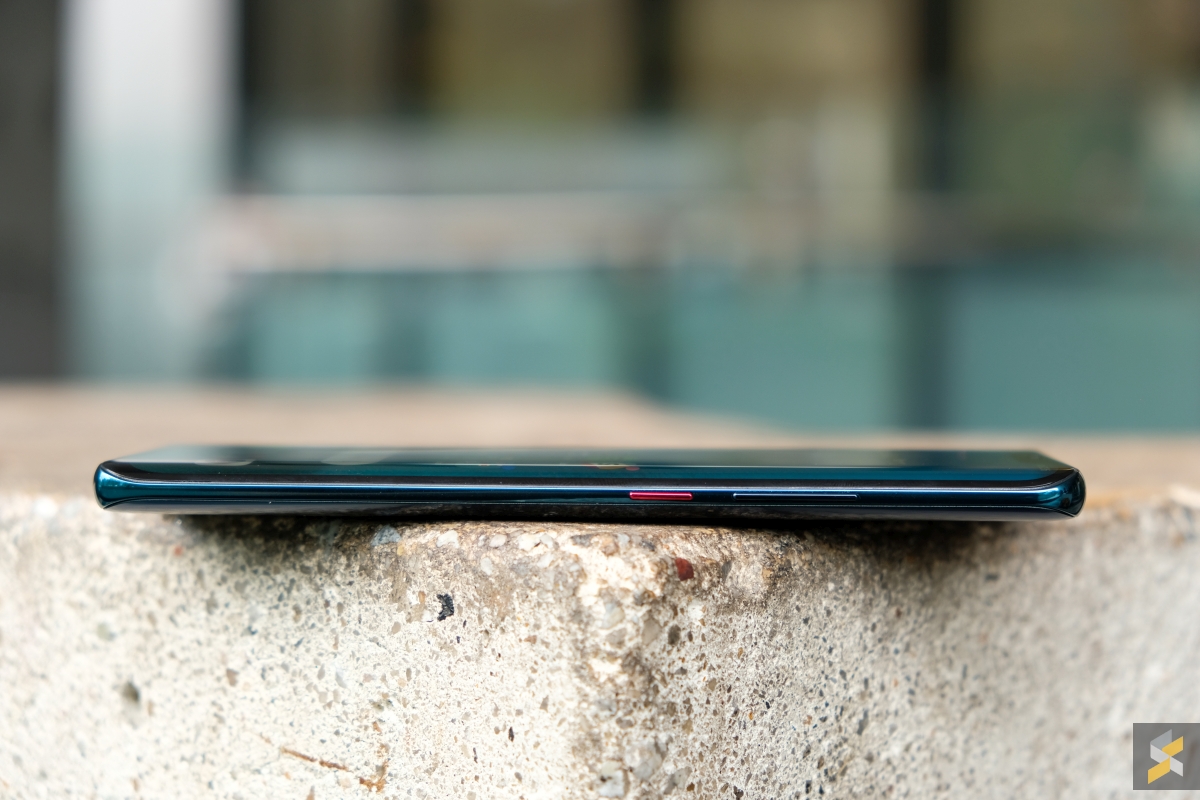
Then, you pick it up and you immediately notice that the phone’s curved back panel isn’t plain old glass — Huawei’s done something to it. They call it a “Hyper Optical Pattern”, which sounds super ridiculous, but basically means this phone has a textured back that gives the handset an almost nail-file-like characteristic. It’s not obvious the way the blue P10’s was, but it’s certainly something else — something very Huawei. Apparently, this texture is supposed to make it grippier in the hand and less prone to smudges, but I honestly don’t think it makes a huge difference to a regular glass back — especially not after you stick it in a case. But it’s a neat idea that looks pretty cool, so props.
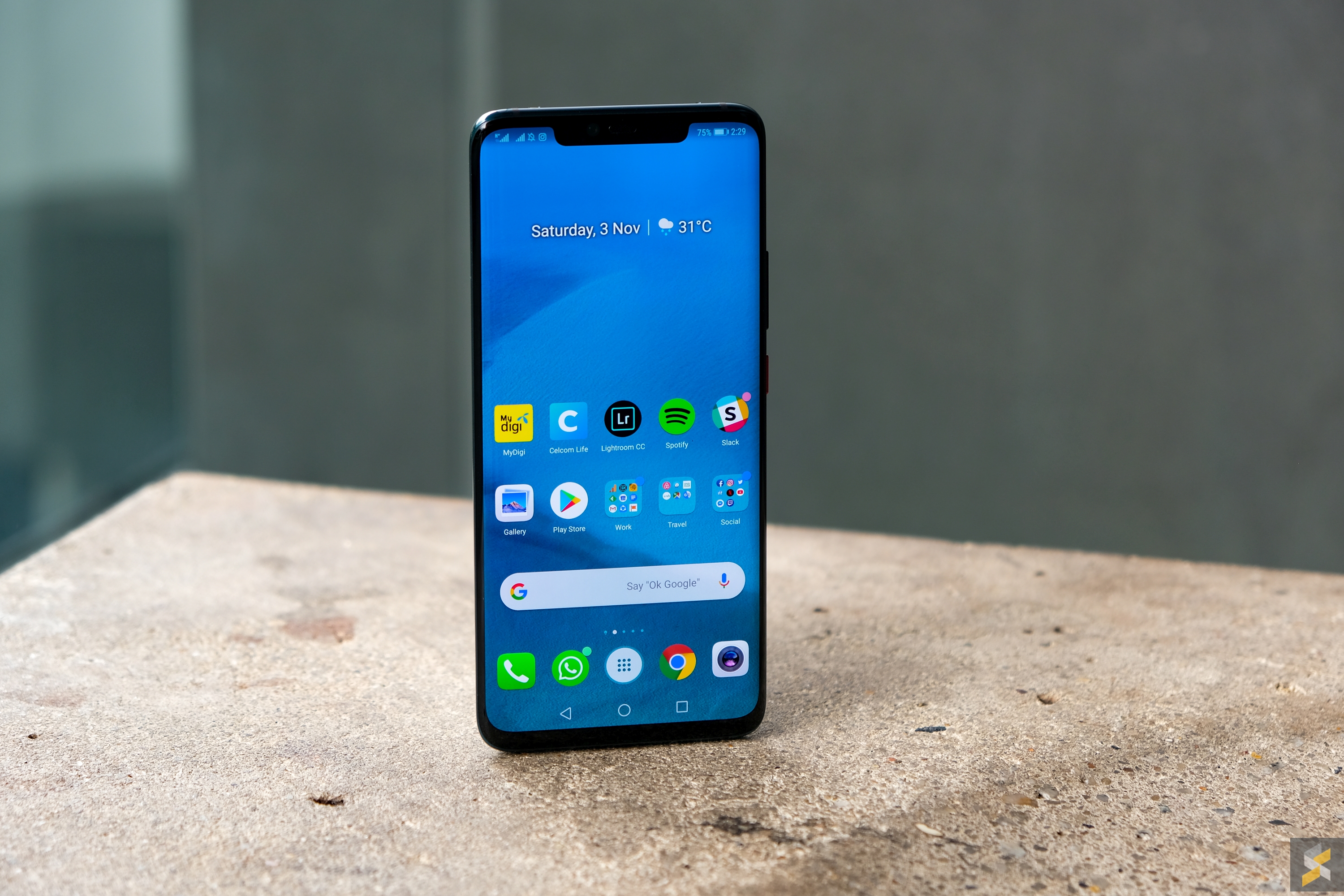
Huawei’s also slapped a gorgeous 6.39” OLED display up front that not only pushes a dense 3120×1440 pixels (Quad HD+), but also supports HDR and is curved so it bleeds over the edge exactly the way Samsung’s does. It also doubles as a simple way to reduce device footprint and hide any bezels that the phone might have.
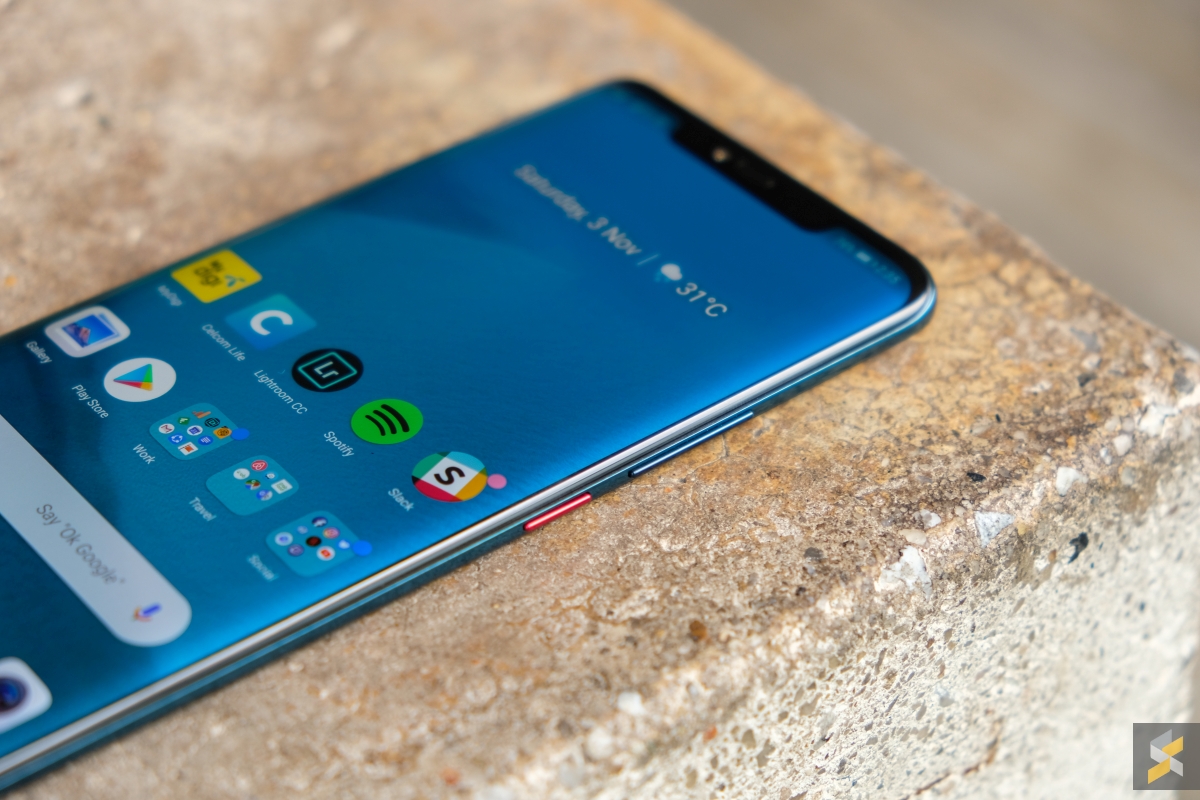
Needless to say, it looks great from pretty much every angle. I think the big issue a lot of people will have with this display, would be the fairly wide notch at the top. My problem with the notch isn’t with the fact that it’s there — it’s more to do with Huawei’s software optimisation around the notch, but I’ll get into that a little later. To the notch haters, I will say this: At least it’s not as deep as the Google Pixel 3 XL’s notch, so I think you’ll get used to it fairly easily.
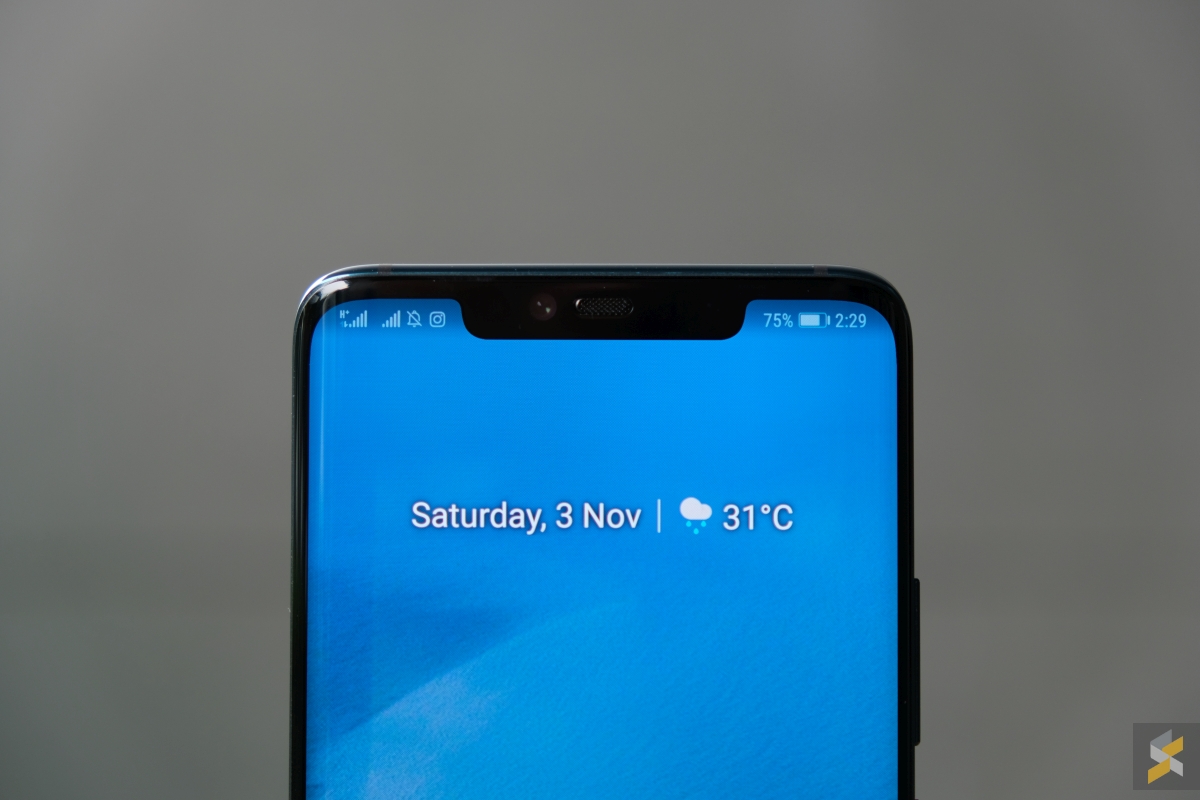
After all, that notch is there for your benefit. Thanks to it, Huawei was able to incorporate their very own 3D face unlock system — that works very well, by the way — and a 24MP f/2.2 aperture selfie camera. Naturally, this camera still packs all the 3D lighting and beautification features you could ask for, but that I’m really not a fan of.
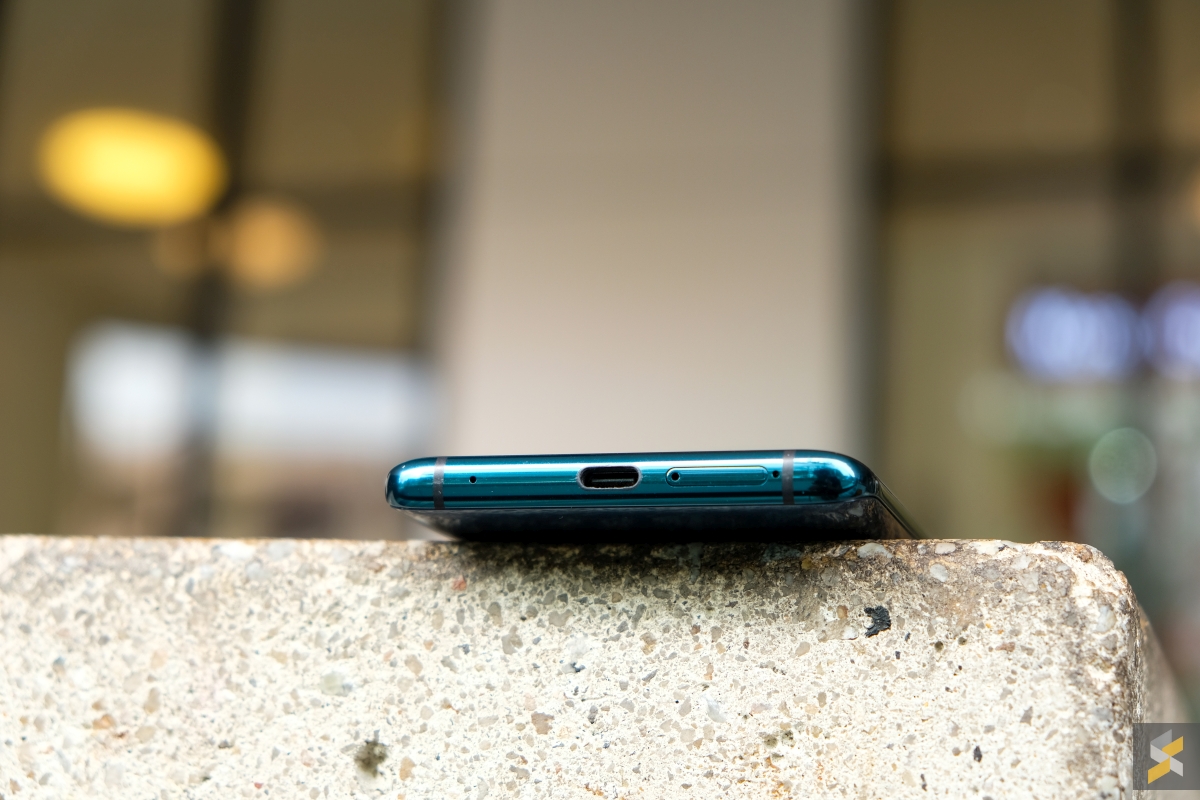
Besides that, Huawei also built a solid earpiece stereo speaker setup into the Mate 20 Pro. It gets plenty loud, but I hate the fact that sound from the bottom-firing speaker comes out the USB-C port. Why did Huawei think this was a good idea again? Because it’s really not. The second you stick a cable into it, the audio is immediately muffled. While I would say the speaker audio sounds good enough, I still think think it’s a little lacking when you compare it to something like the iPhone XS and proper front-facing units like on the ASUS ROG Phone. So, the fact that they’ve got this USB port handicap too, just makes it worse.
Thankfully, I never found myself constantly hooked up to a charging cable throughout my time with the Mate 20 Pro. This, I guess, leads nicely into my favourite feature about the Huawei Mate 20 Pro: Its excellent battery life.
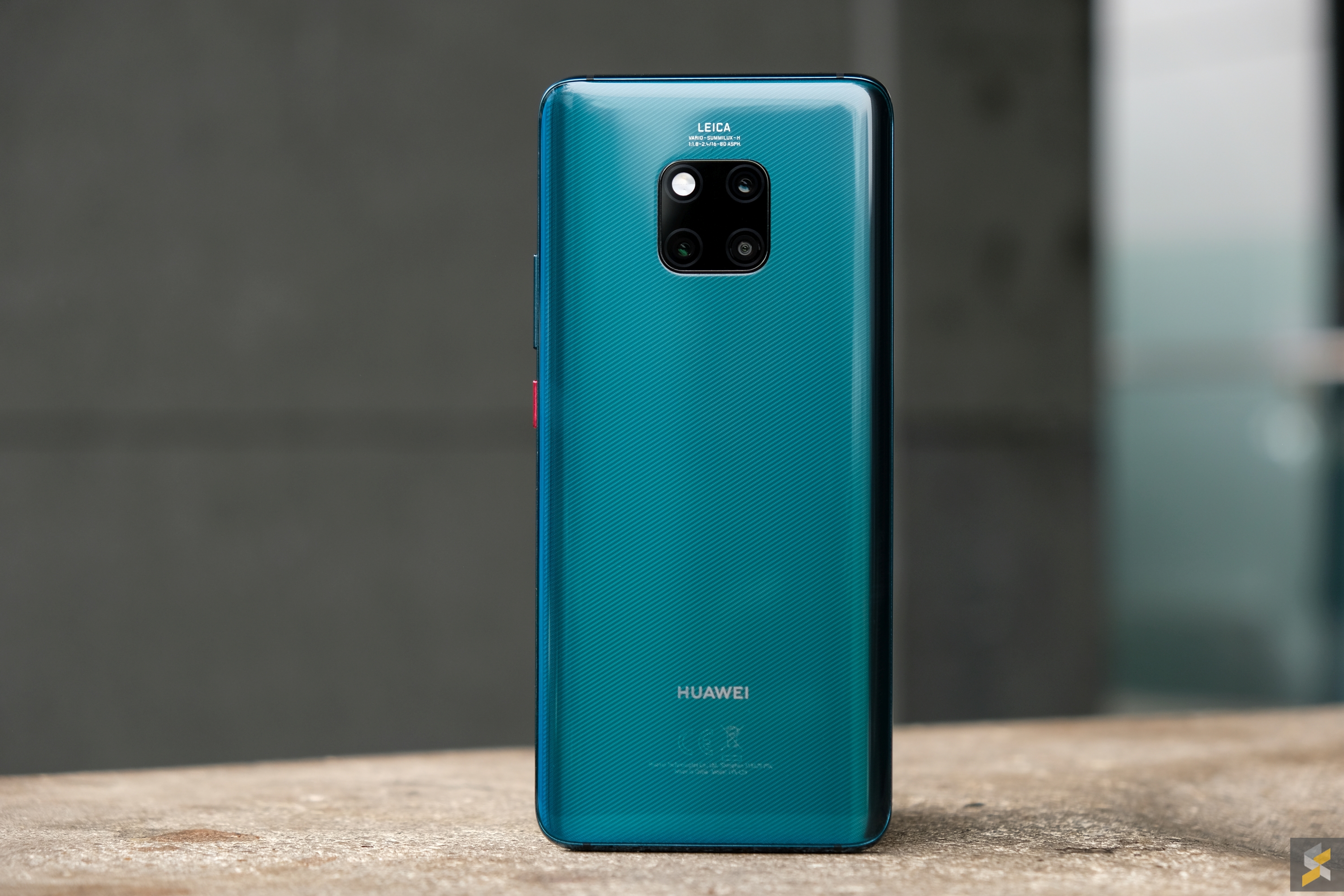
First up, this phone has one of the largest batteries in a flagship smartphone — a whopping 4,200 mAh cell. I find that astounding that they were able to fit such a large cell into a phone that’s not noticeably bigger or thicker than something like a Galaxy S9+. In fact, these phones feel about the same weight in your hand too, so what black magic did Huawei pull here?
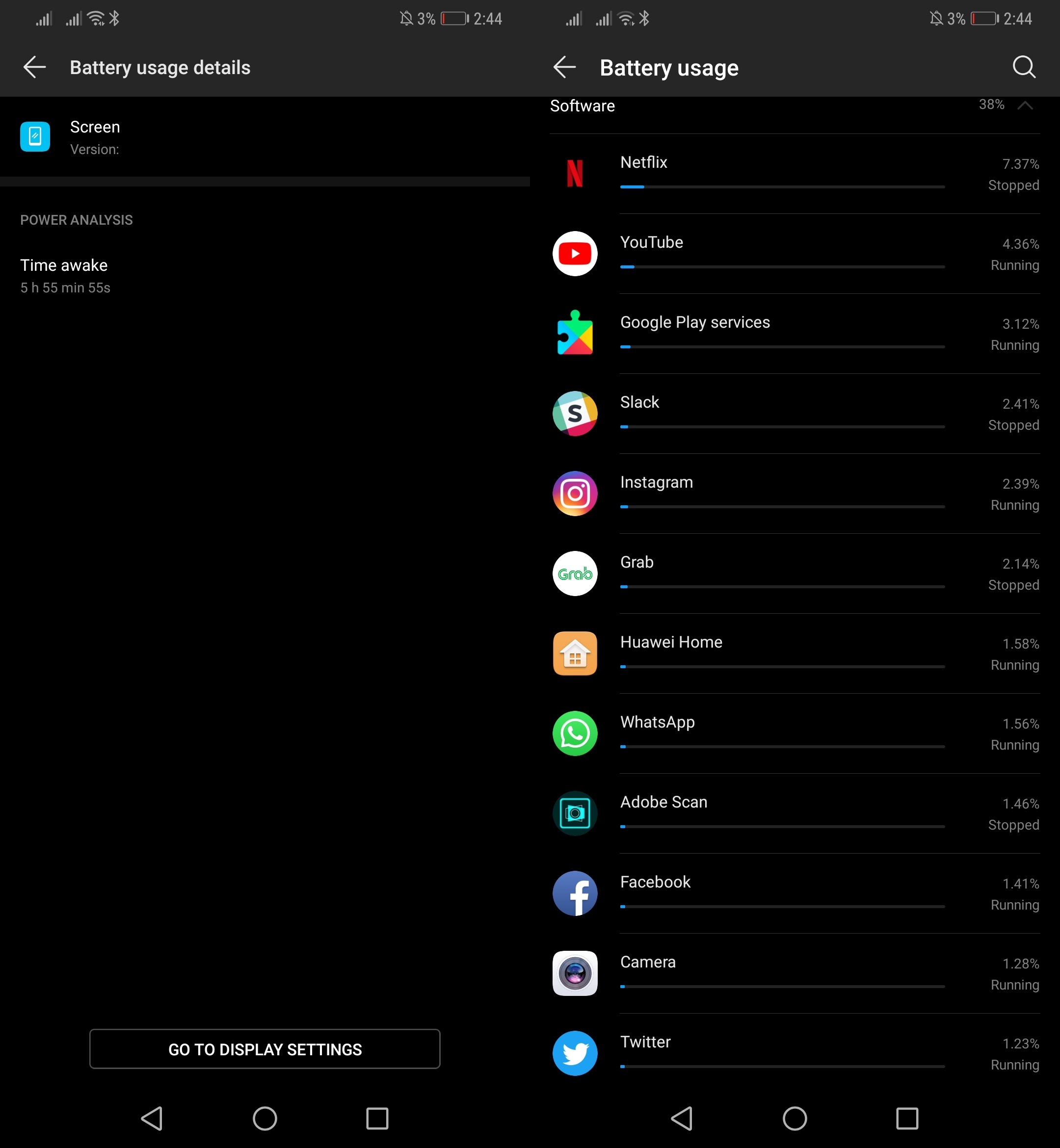
I’m not sure, but I am totally for it. On average, I’m getting about six hours of screen-on time with about 14 hours time on battery. Even though this is in the “Smart” display resolution setting (which automatically switches between resolutions to conserve battery), this is still excellent battery life for a flagship smartphone — much better than the results I got on last year’s Mate 10.
Then, there’s the borderline insane speed in which this smartphone charges. Huawei’s new 40W fast-charging brick is no joke, and from my testing, I was able to fully charge the handset from 2% in just under an hour. A 4,200 mAh battery, fully charged, in under sixty minutes. Mind boggling. 30 minutes on the plug gave me about a 70% charge.
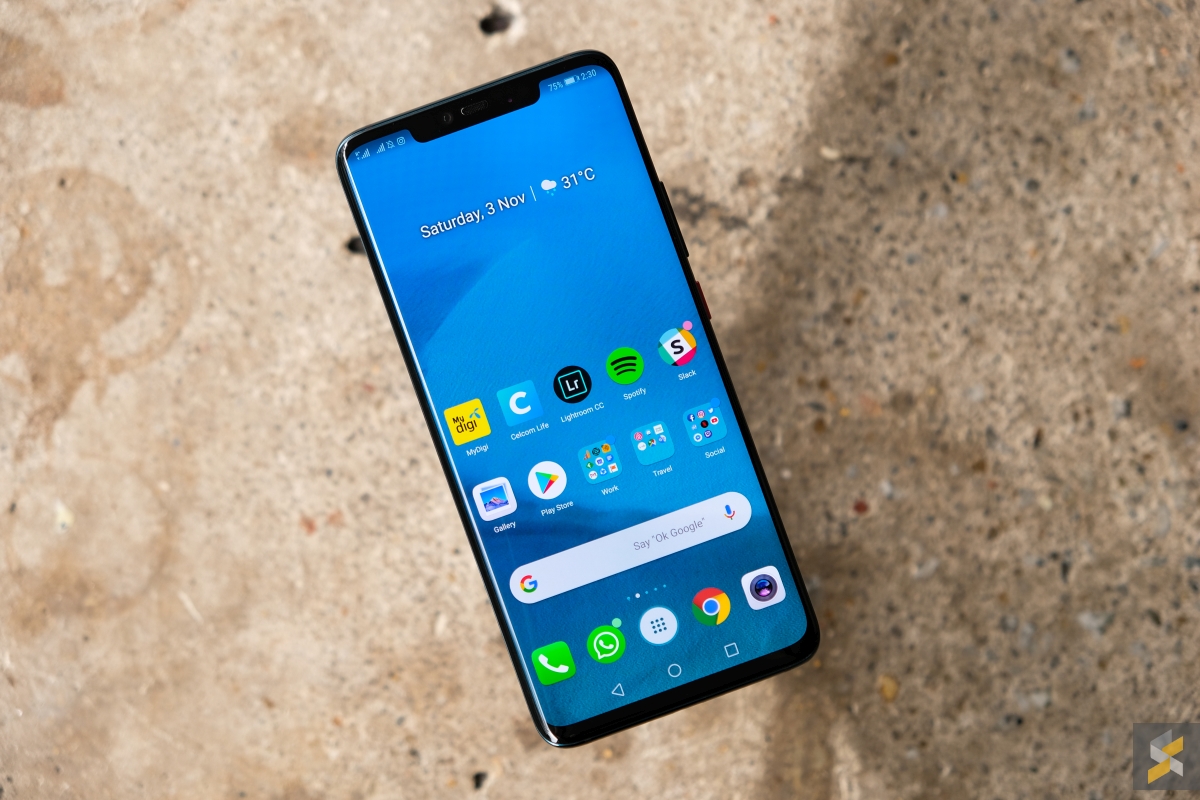
Unfortunately, I wasn’t able to test the 15W fast wireless charging because I didn’t have a compatible wireless charger. That said, I did try the reverse wireless charging on other flagship smartphones like my iPhone X and a Samsung Galaxy S9+. While the iPhone X was able to detect the Mate 20 Pro and start charging effortlessly, the Galaxy S9+ would only detect the Mate 20 Pro when placed in a very specific spot. Huawei says it’s because of the size of the S9+’s coils, but I haven’t torn one down so I can’t confirm.
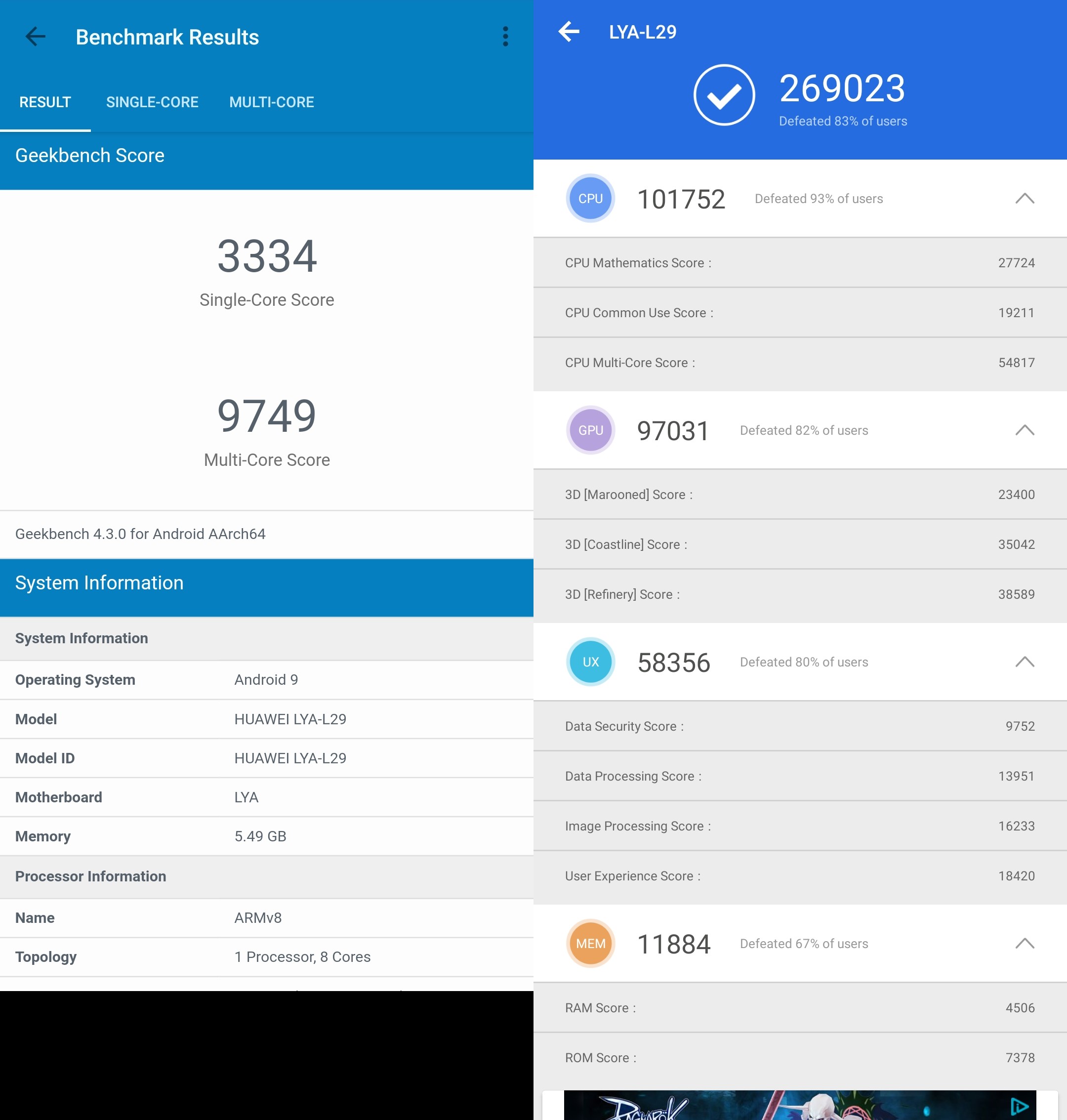
Of course, a good battery would be pretty useless if the smartphone didn’t also come with flagship-grade performance. Naturally, with the company’s brand new Kirin 980 processor at the helm, Huawei’s Mate 20 Pro is a solid performer. Its snappy and responsive when I’m using it for my daily tasks, and I also didn’t run into any issues when I started gaming. Of course, I’m not a heavy gamer, barring the occasional bouts in PUBG Mobile, so your mileage may vary.
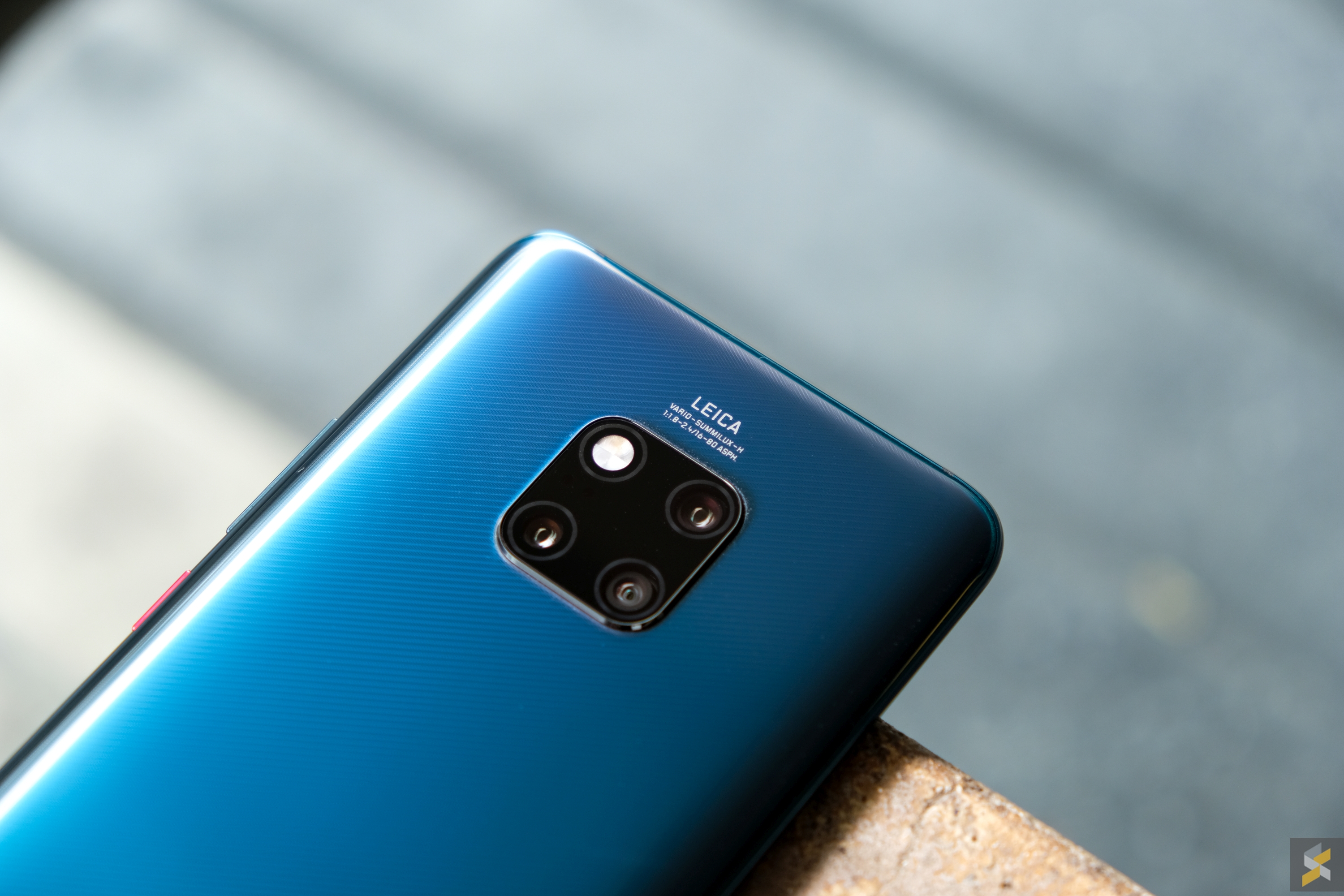
But, I think the most unmistakably Huawei thing about this smartphone is the device’s triple camera array. Yes, they got rid of the dedicated monochrome sensor and disabled Master AI by default, but it is still so Huawei it hurts. And I mean this in both a good and bad way.
First up, the three cameras on the Mate 20 Pro are a little different from the P20 Pro. Right off the bat, you’ll notice that it’s arranged in a completely different manner. I could harp on about how much I’m not a fan of this design, but I have to admit that the cameras are in a better spot than they were on the P20 Pro — you don’t get accidental fingers in your shot anymore.
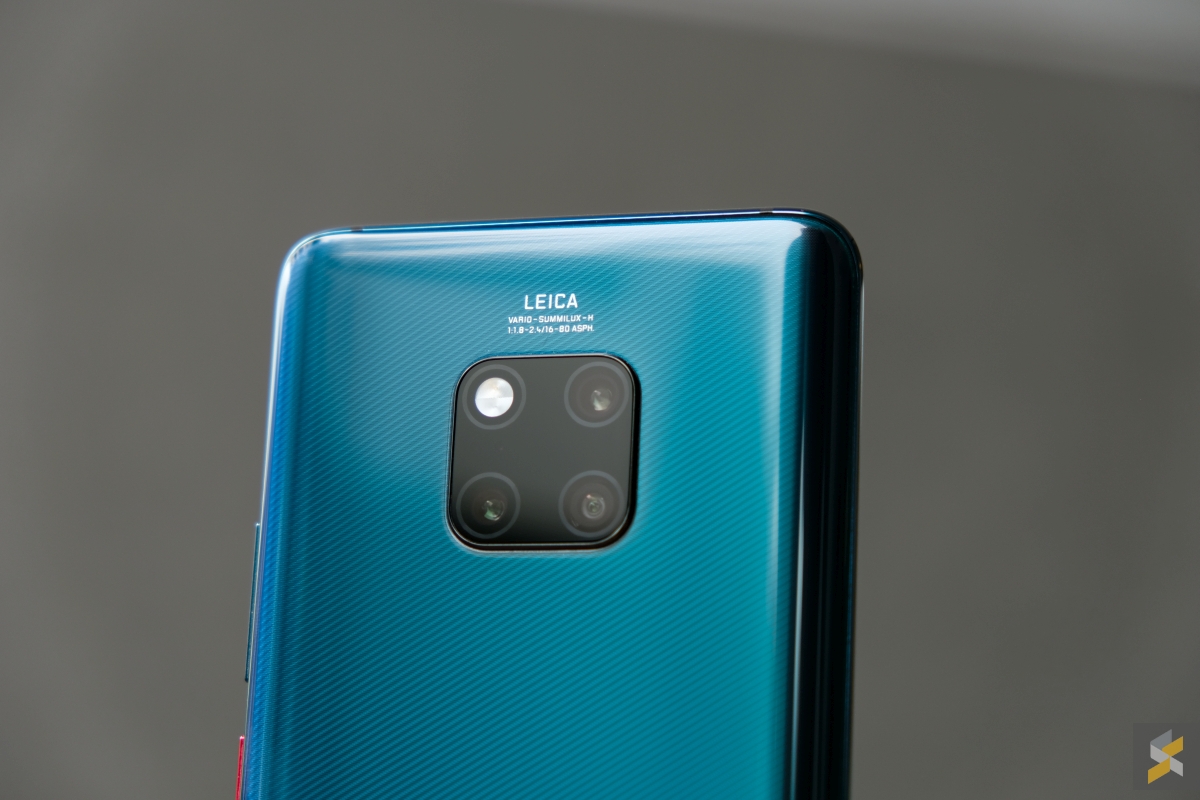
Besides the new arrangement, Huawei’s new Mate 20 Pro now features a main 40MP f/1.8 aperture main camera, an 8MP sensor with an f/2.4 aperture telephoto lens (OIS, 3X optical zoom) and a third 20MP sensor with an ultra-wide f/2.2 aperture lens.
Despite the new array, this phone still captures photos like a true Huawei device would. If you like the way photos looked on the P20 Pro, you’ll love the way photos look on the Mate 20 Pro. I’ve personally had a love-hate relationship with Huawei’s photos since the P20 Pro because that camera produces the kind of images that appeal to people who love overedited images, but don’t want to learn how to edit. The Mate 20 Pro retains that exact characteristic.
I may be generalising a little here, but I think you understand the sentiment. Still, if there are two things I absolutely love about the Mate 20 Pro’s camera, it would be the Night Mode and the ultra-wide lens.

There’s really no arguing with how good Huawei’s Night Mode is. The fact that this Chinese company has managed to engineer a camera feature that allows a smartphone to take the kind of low-light photos the Mate 20 does, is nothing short of amazing. And, the fact that it also doubles as kind of a Super Duper HDR mode for challenging lighting situations, is a really nice touch.
But, it isn’t without its faults. Because it takes a while to capture an image, it’s not ideal for fast-moving subjects, or when you’re in a motor vehicle. That said, sometimes you can use the delayed shutter to your advantage to get something that looks like a long-exposure shot captured on a tripod, only it was handheld:
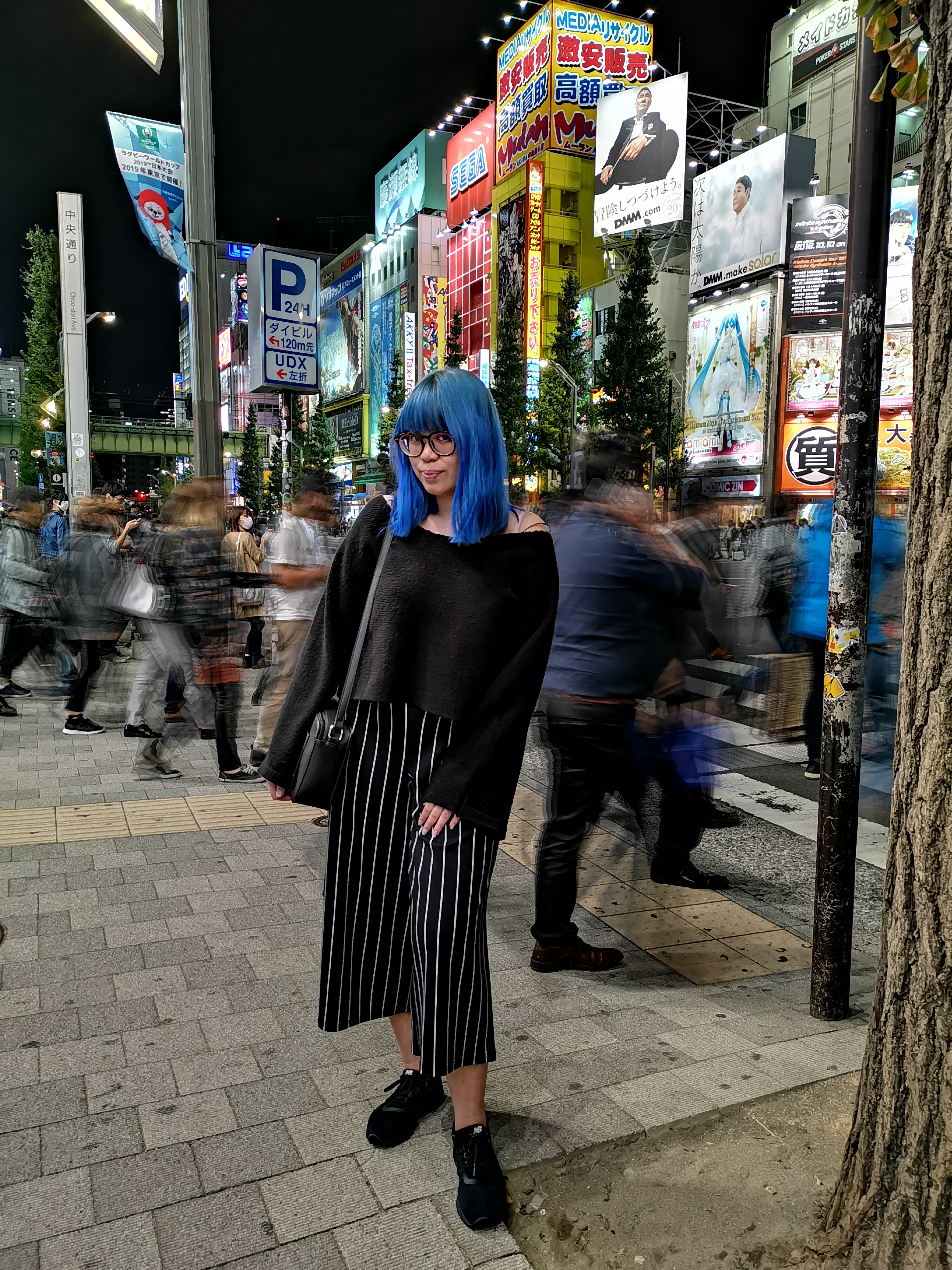
And, you’ll also want to turn it off if you’re trying to take a photo that actually looks like it was taken in the dark. This silhouette shot, for example, was captured in the phone’s normal mode and even then it turned out pretty good:
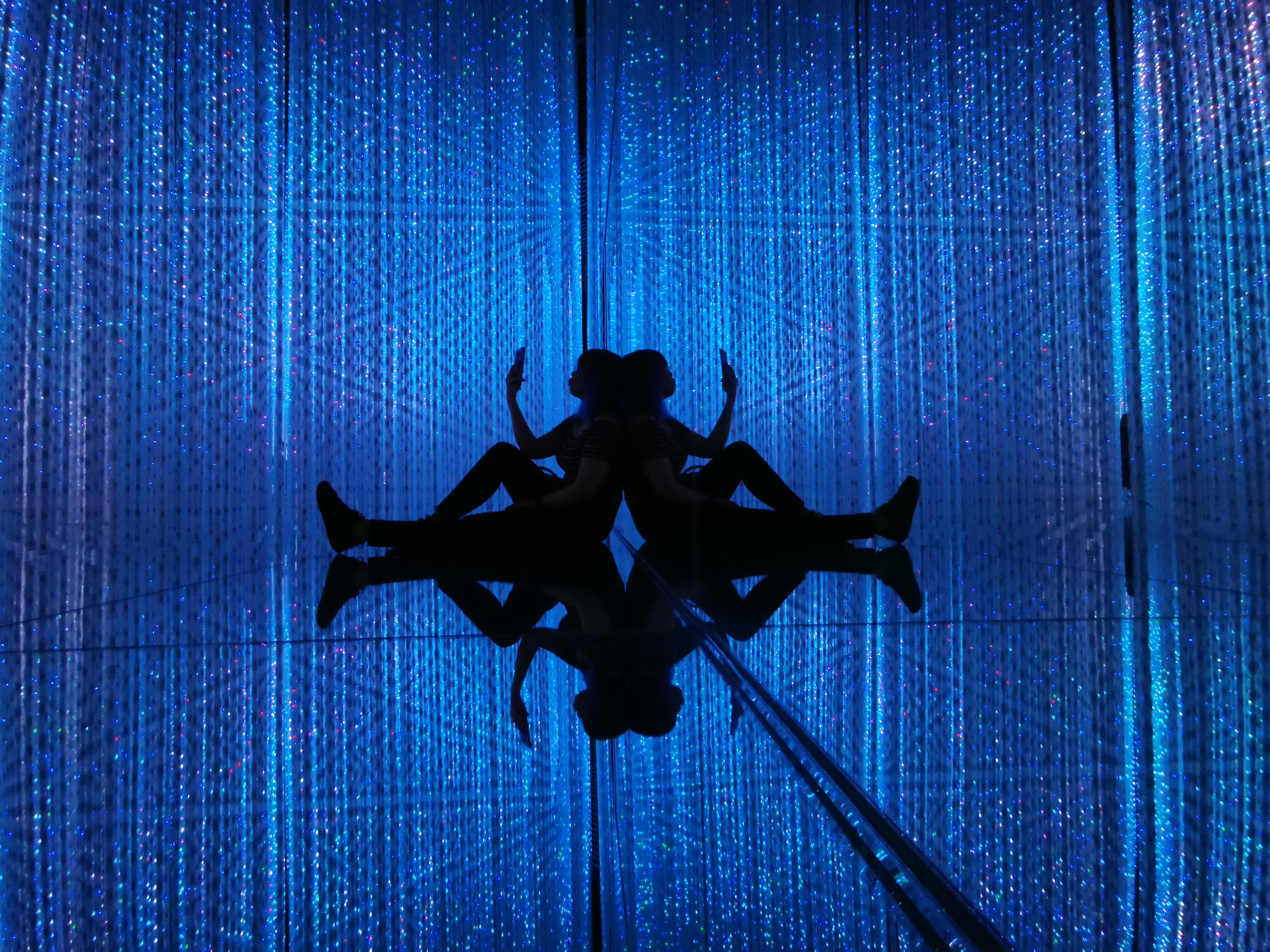
In fact, I’m quite impressed with how well the Mate 20 Pro captures low-light photos without Night Mode. Here, for example, I actually prefer the one that was shot without Night Mode on:
Secondly, I’ve said this before and I’ll say it again, the ultra-wide angle lens is always going to be more versatile than the short telephoto lens in today’s smartphone. That’s because, for zooming, you can always rely on digital zoom — something the Mate 20 Pro does better than any other phone I’ve seen so far. Here’s a quick sample at 1X, 3X, 5X and 10X zoom:
But, you simply can’t digitally back up to fit more into your shot when you’re in a cramped space. And that’s where the ultra-wide comes in to give you shots like these:
So I’m really glad Huawei added the ultra-wide. Yes, the image quality is a little different — a little worse, in fact — and the 20MP sensor sets a different white balance from the main sensor, but I’m willing to forgive these issues because of how much versatility the ultra-wide brings. Plus, the image quality isn’t bad, and the fisheye effect isn’t unbearable (I’d say it’s slightly worse than LG’s latest attempt), so it isn’t like I’m switching from a DSLR to a potato.
As a whole, I’m thoroughly satisfied with the Mate 20 Pro’s camera. Would I have liked a less aggressive post-processing? Yes. Would I have been happier if the camera didn’t have a slight tendency to over expose? Yes. But the shooting experience as a whole is one I’d rate at an A-, so you’ve done well, Huawei.
However, as much as the Mate 20 Pro carries a lot of what’s good with Huawei phones, it also carries some of the bad. And the biggest issue I’ve always had with Huawei’s devices, is with the software. Unfortunately on the Mate 20 Pro, these issues are a lot more evident.
I could talk about how I’m not a big fan of the way it looks, but I get that that is a more subjective matter. What isn’t a subjective matter is how poorly optimised this smartphone is for the notch and its curved display. Just look at how the default keyboard gets cut off when you’re using Gesture Navigation.
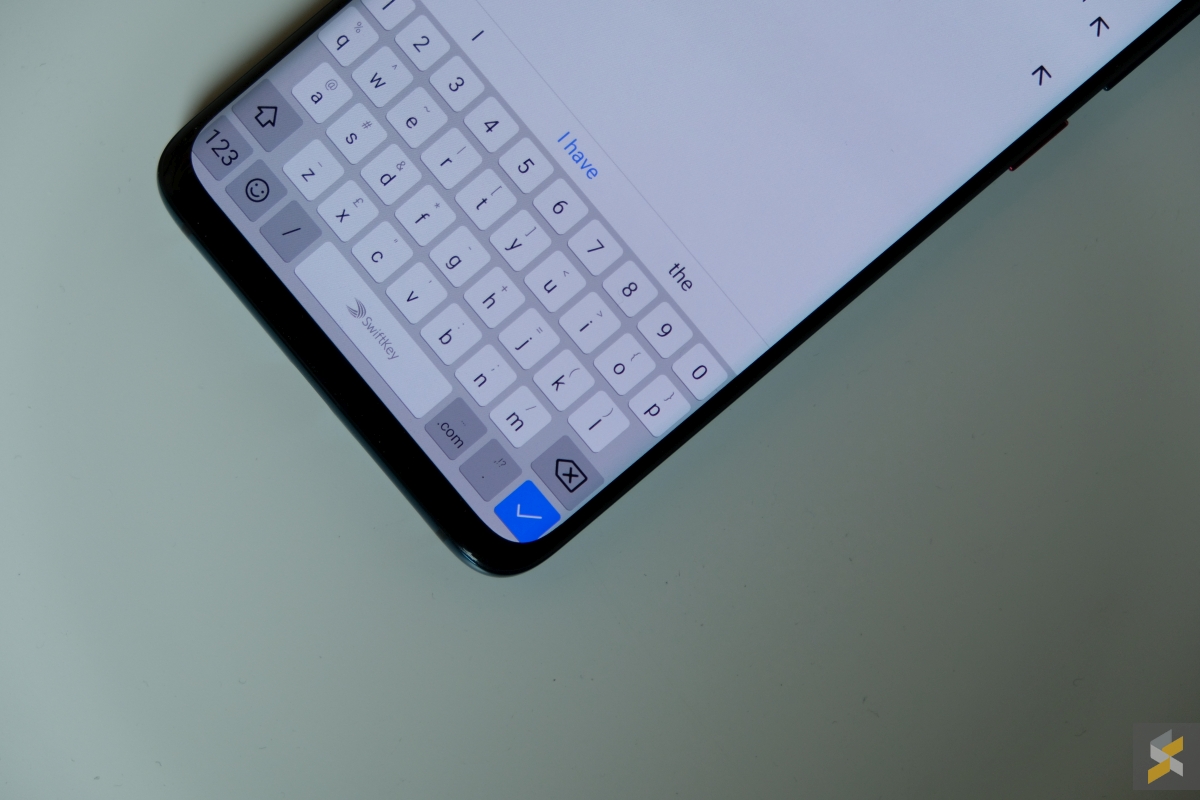
If you play something like PUBG Mobile without the notch turned off, your HUD elements get cut off.
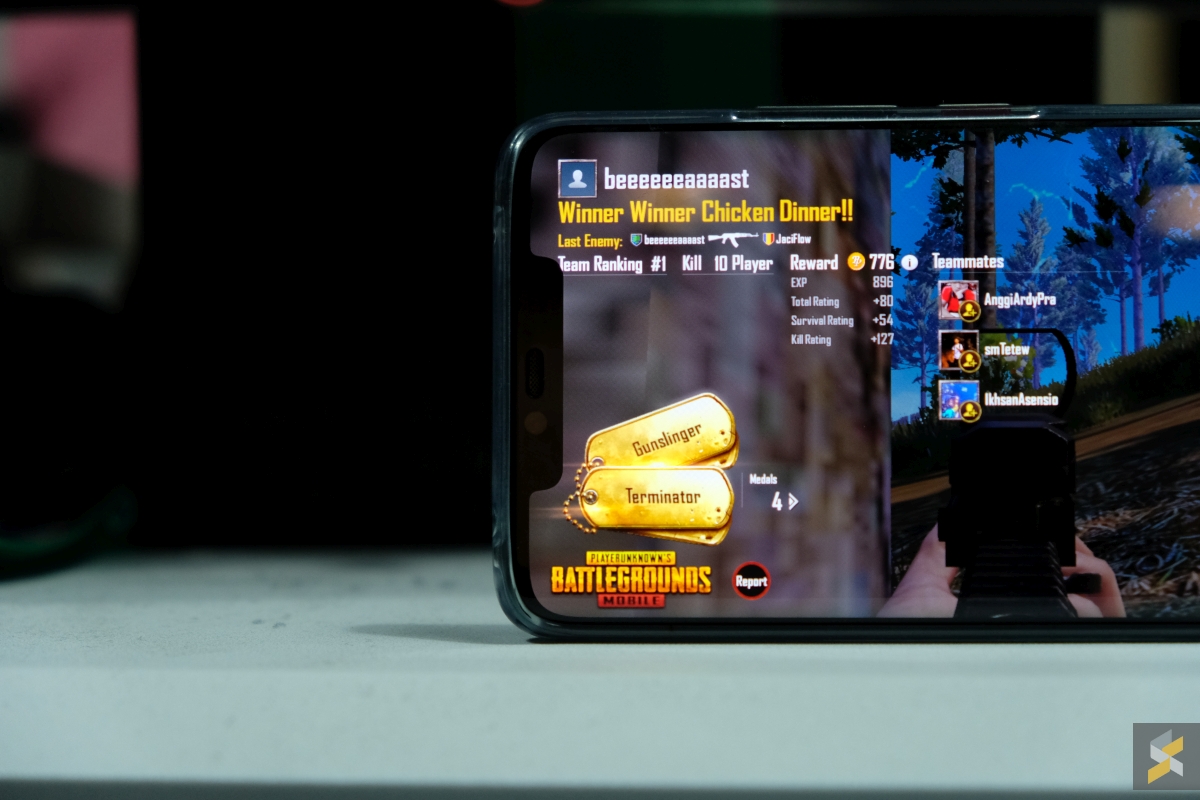
My question is: Why? Why does all of this happen? Shouldn’t they have already figured all of this out with the Huawei P20 Pro since that was the first Huawei flagship with a notch? Absolutely befuddling.
Oh, and while we’re on the topic of UI elements, let me just say that the Always-On display on the Mate 20 Pro feels like some first-gen feature. There’s absolutely no customisation and no personalisation here, something Huawei really needs to learn from Samsung.
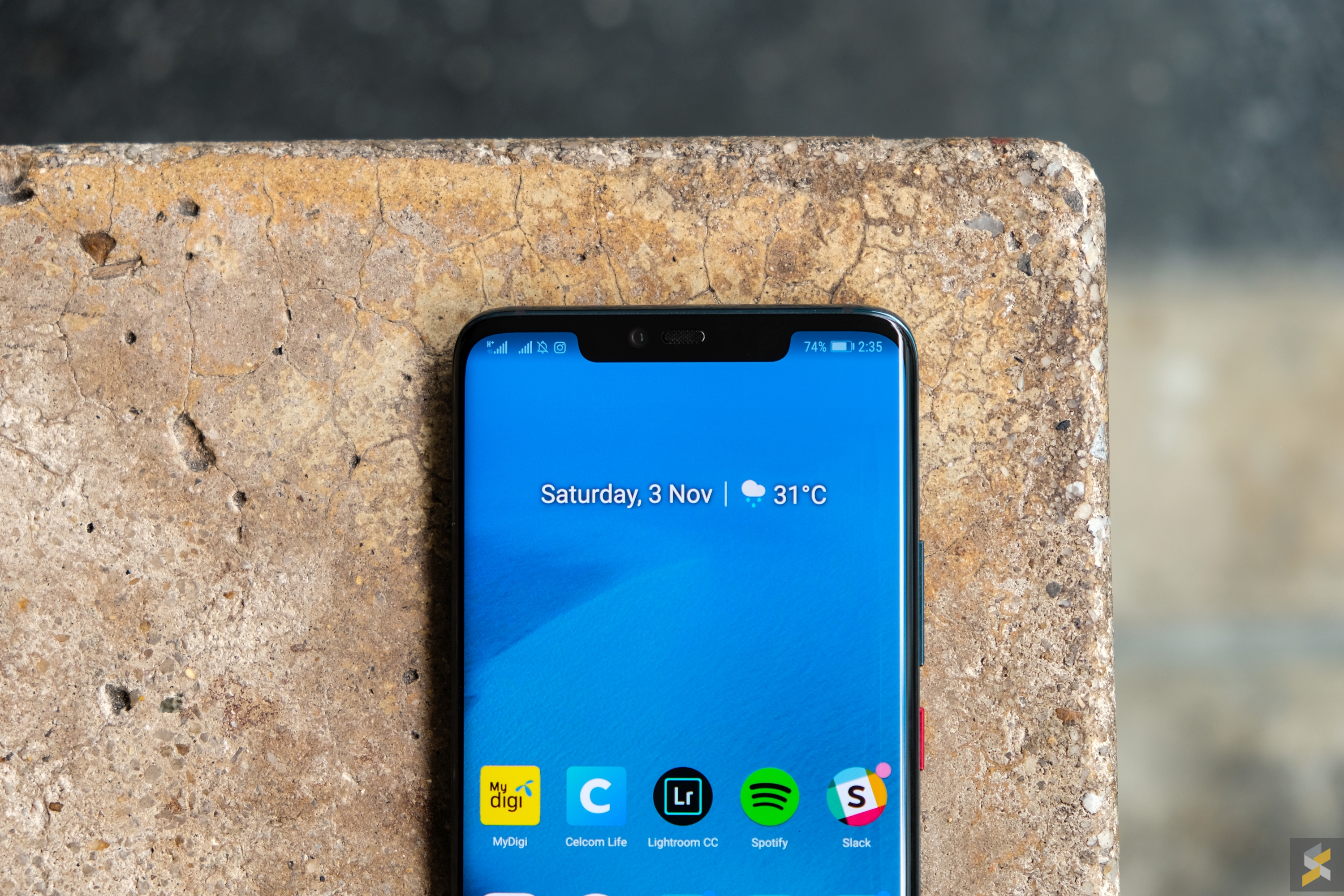
Now, let’s move on to the in-display fingerprint scanner. Let me preface this by saying that in my books, Huawei has always been king of the fingerprint scanner. They’ve got the most accurate, most reliable and fastest scanners in the market. I almost never have to worry about the scanner failing, because it practically never fails.
On the Mate 20 Pro, that phenomenal fingerprint scanner is nowhere to be found. In its place, you’ve got a pressure sensitive in-display fingerprint scanner instead. Now, as far as in-display fingerprint scanners go, this is definitely one of the best I’ve used, but that’s not really a high bar to clear. It’s like saying Transformers 4 was the best Transformers movie — when all of them are crap, it’s hard for me to give you points for being less crappy.
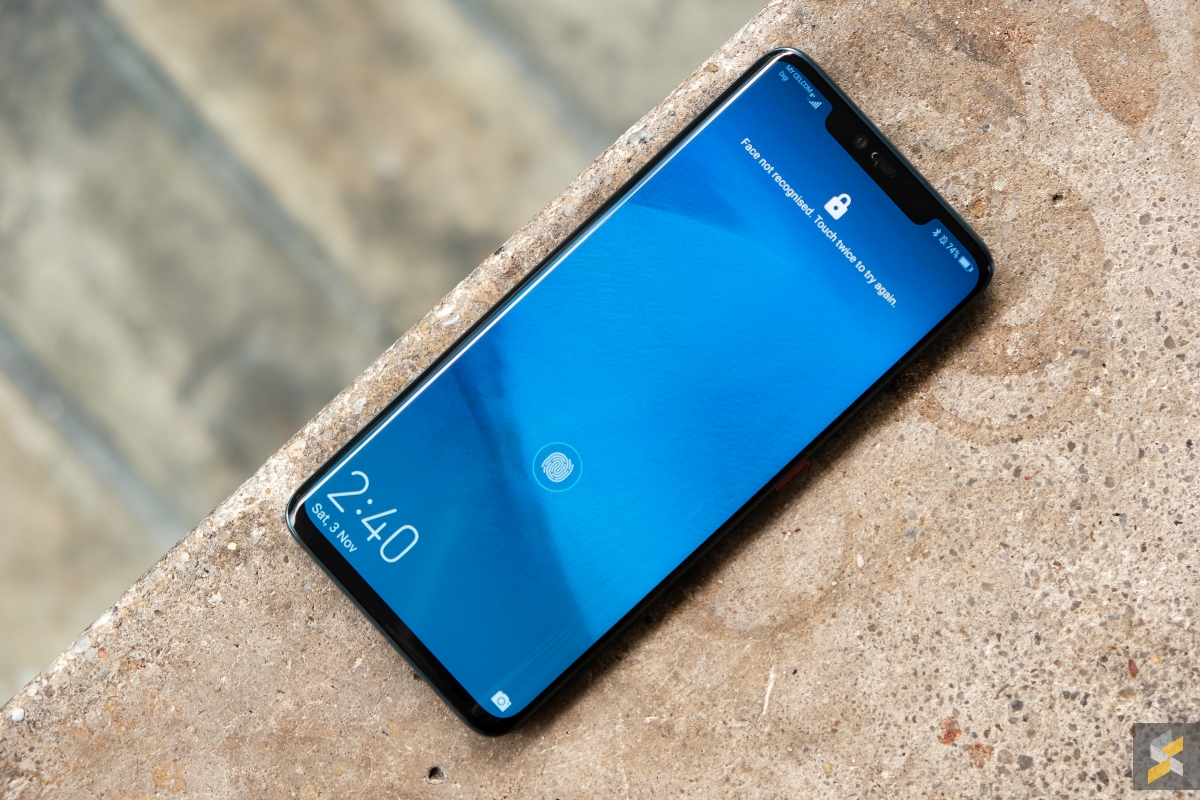
This in-display fingerprint scanner is much slower than Huawei’s regular scanner. It’s considerably less accurate. And, it’s also really hard to get your finger in the right spot without looking at the display, something I never had a problem with when there was a gentle recess to slide my finger in. It’s just not as intuitive, and that’s disappointing.
That said, I am a fan of companies trying new things on their smartphones, so I won’t penalise Huawei too much for this. I just wish it could have been better. As it is right now, it’s definitely not an upgrade in terms of usability. On the plus side, the 3D face unlocking is mighty quick, but it suffers from the same kind of weakness Apple’s Face ID does: It’s just not as good as a fingerprint scanner in its current state.
However, that’s the bulk of my issues with this flagship smartphone. Of course, there are other quibbles, like the lack of a 3.5mm headphone jack, and the fact that it doesn’t have a microSD card slot (I have yet to get my hands on an NM card, so I can’t comment) but I’d classify those as relatively minor issues. Nothing you can’t get used to.
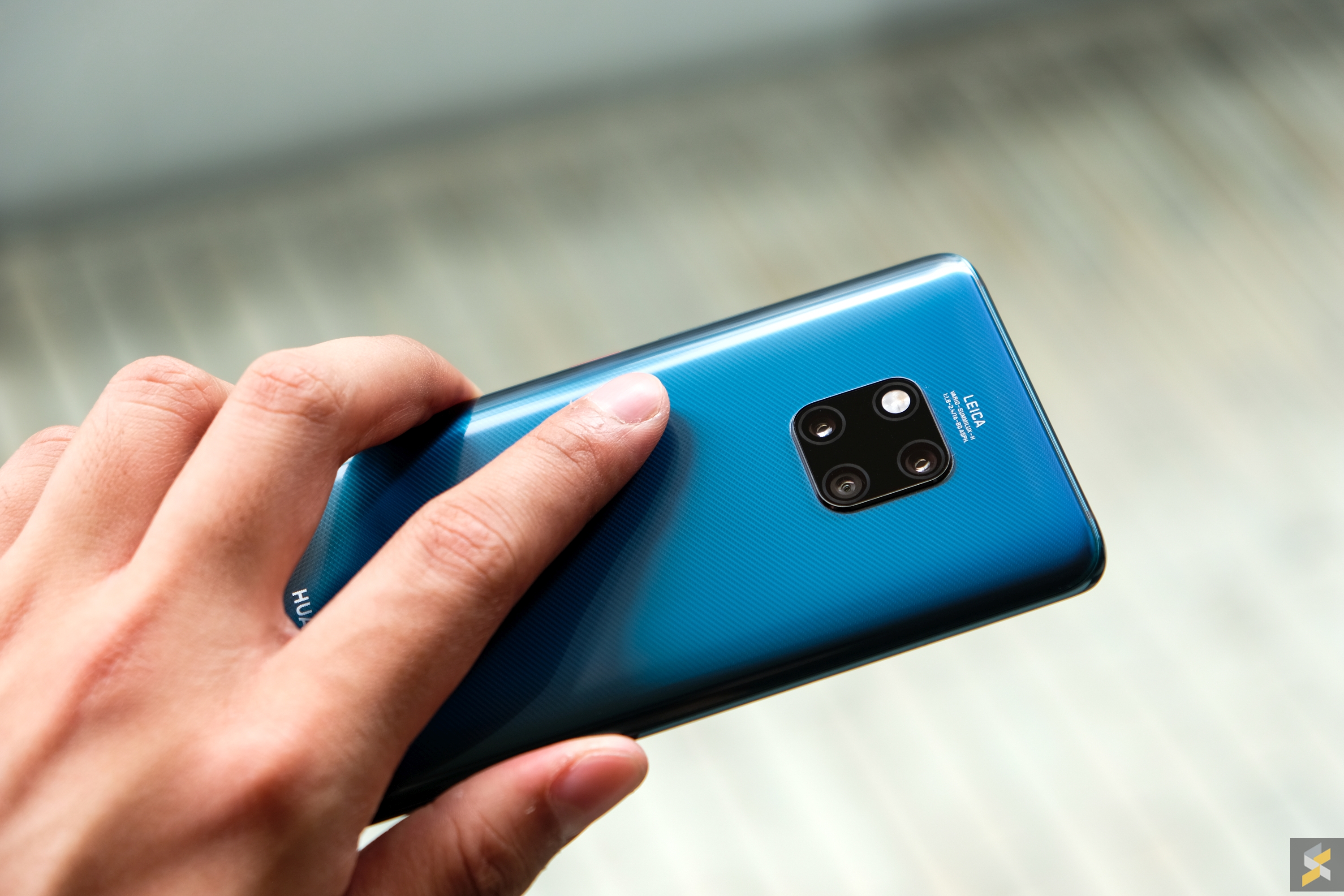
In the grand scheme of things, I have to say that my time with the Mate 20 Pro was a fond one. Yes, Huawei’s got a lot of work to do with the software, but I think they’ve really nailed the hardware aspect of this smartphone. I can’t really come up with a longer list of cons without sounding too nitpicky, so I guess that speaks volumes to how solid of a package this Mate 20 Pro is.
Sure, you could make the argument that the Mate 20 Pro has lost its Mate identity, but is that really a bad thing? At best, the previous “Mate” identities were that of a slightly worse Galaxy Note — Huawei was never going to compete with the S Pen with a phone that doesn’t feature something similar. Not to that segment of the market anyway.
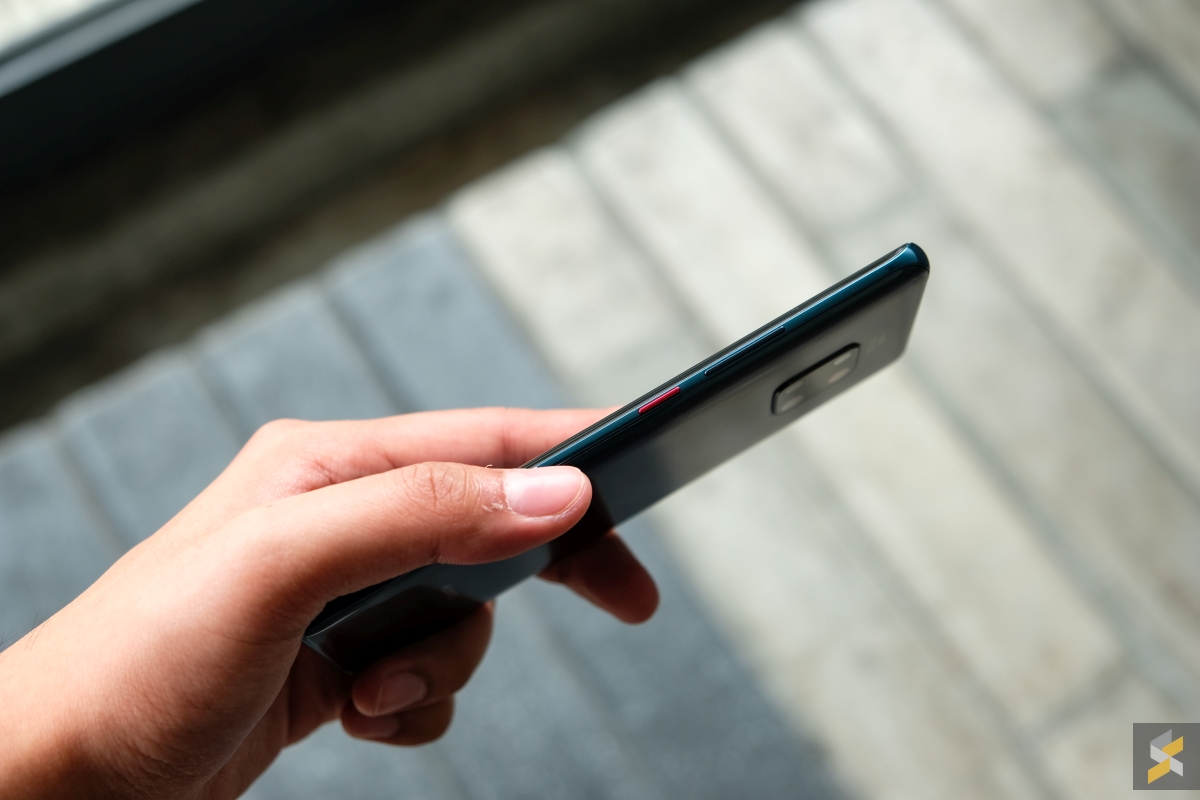
So they pivoted. Instead of trying to struggle down this path of being a business-centric device, they decided to just make the best Huawei flagship they could: And I think they’ve succeeded big-time. The Mate 20 Pro may have lost its Mate identity, but it is still unabashedly a Huawei smartphone — both the good and the bad. It’s a P20 Pro Plus, if you must, and that’s not necessarily a bad thing.
Not if what you want is the best smartphone Huawei has ever made. Not if what you want is a powerful, reliable, long-lasting flagship smartphone with a good camera for a good price.

